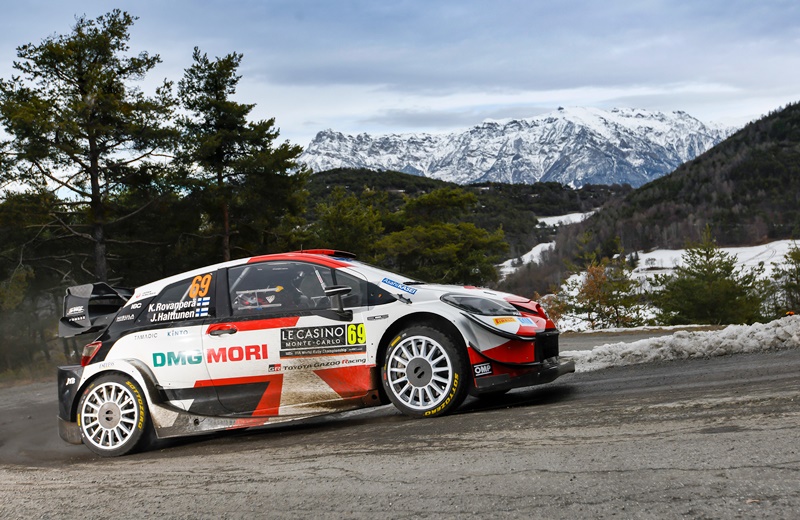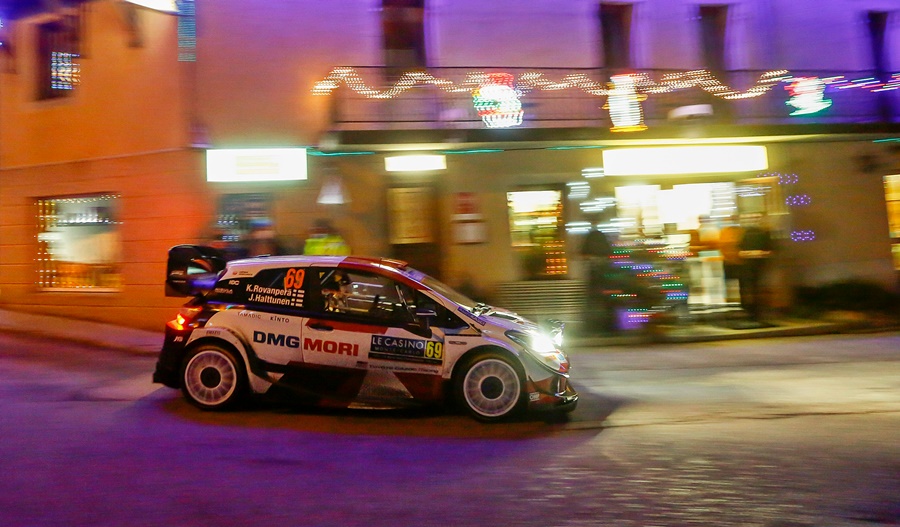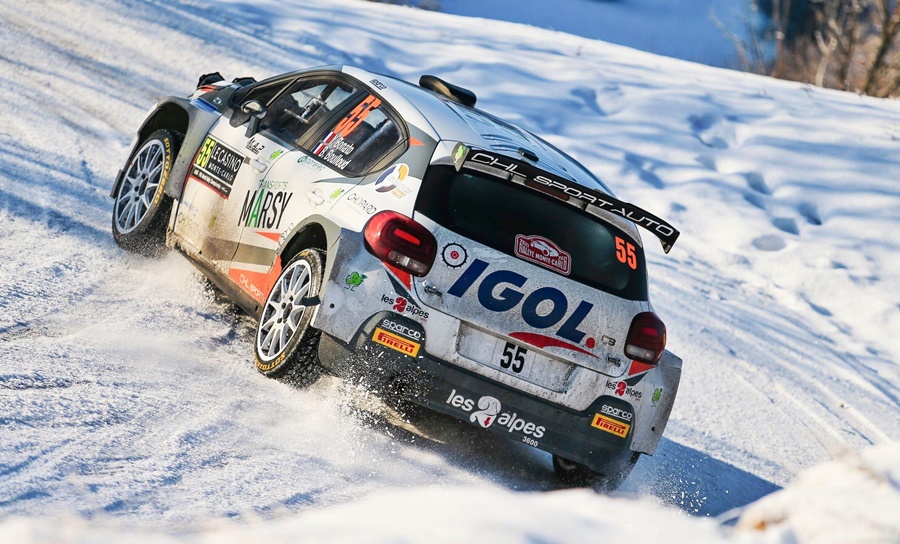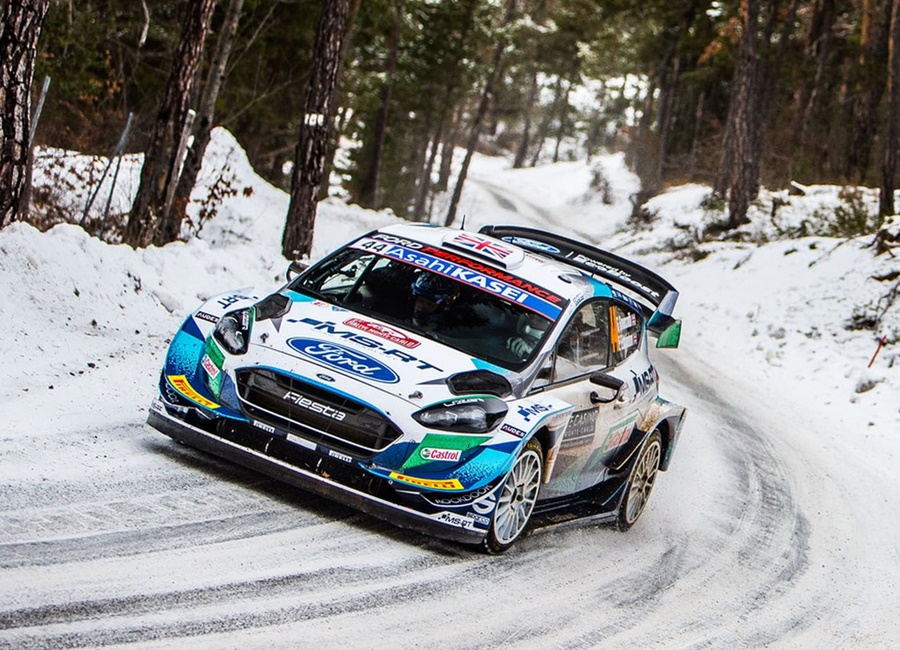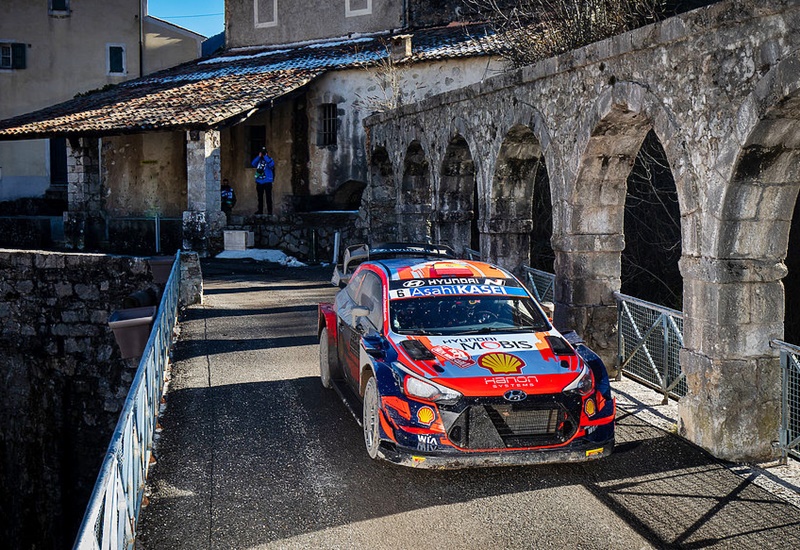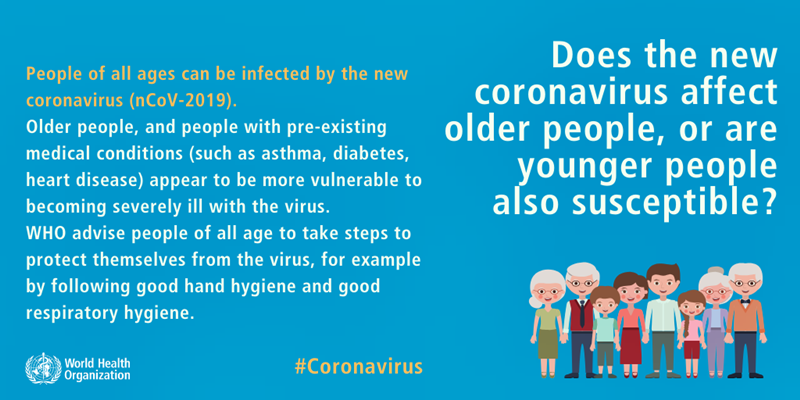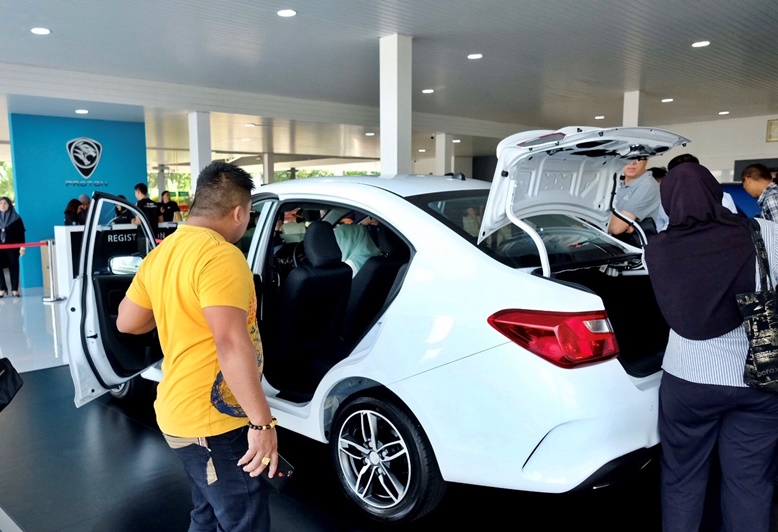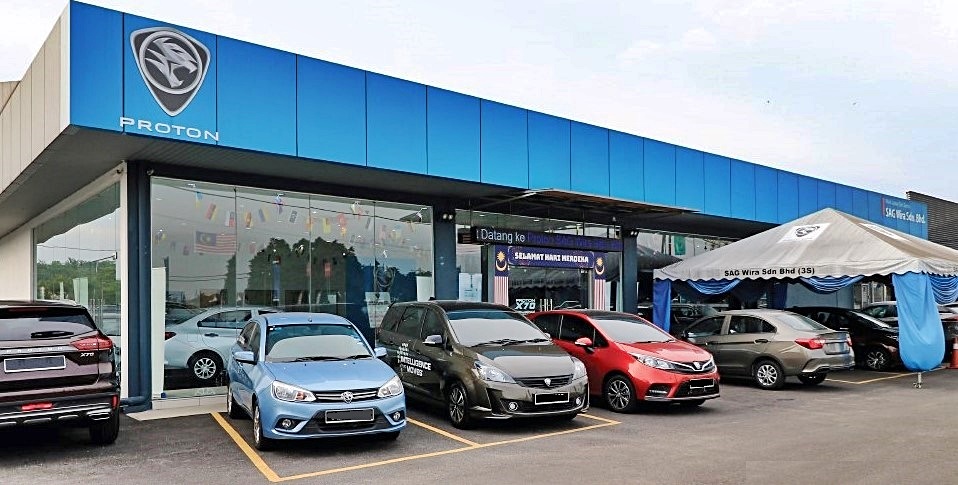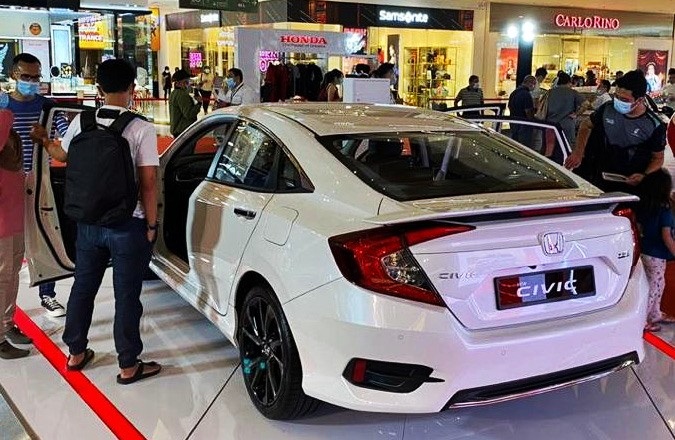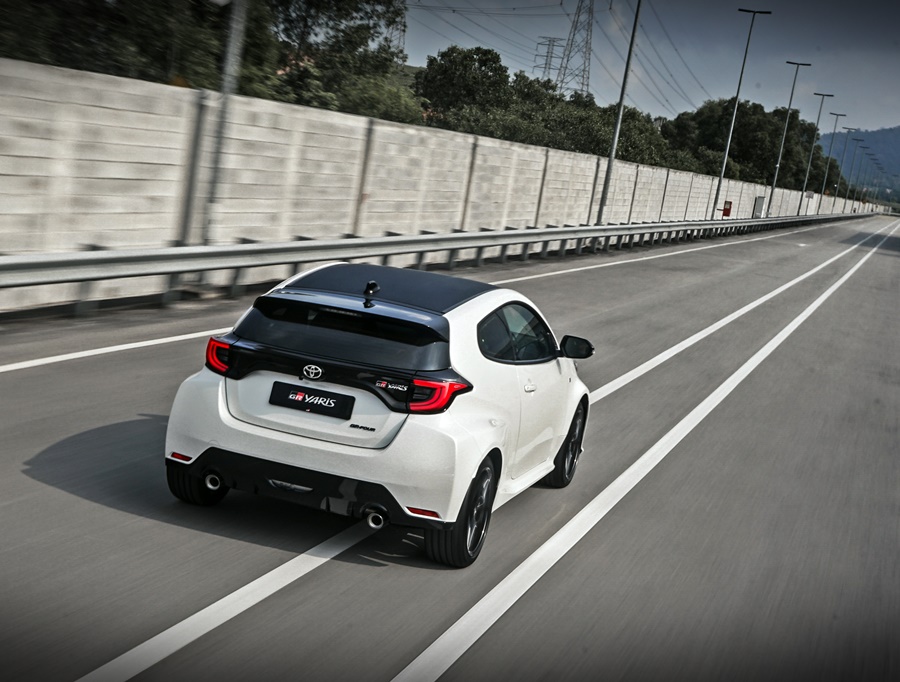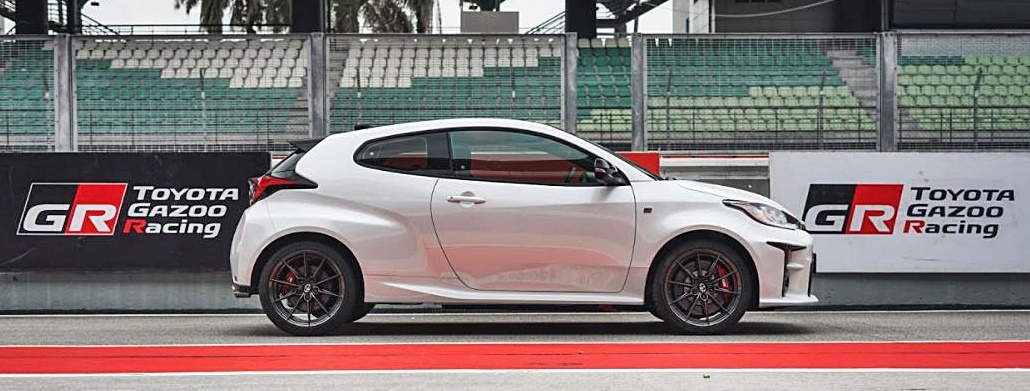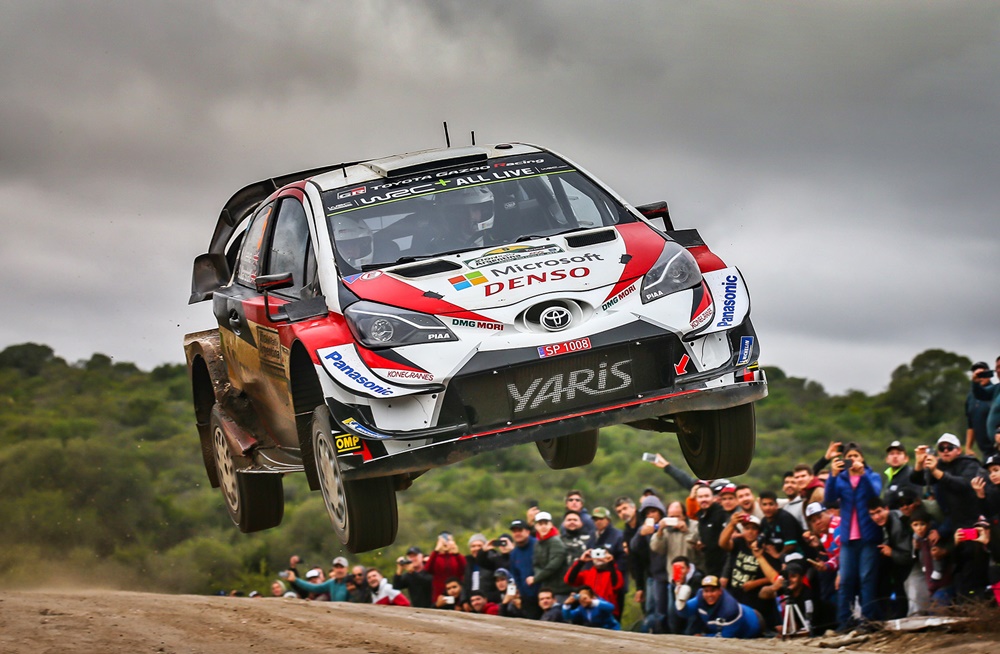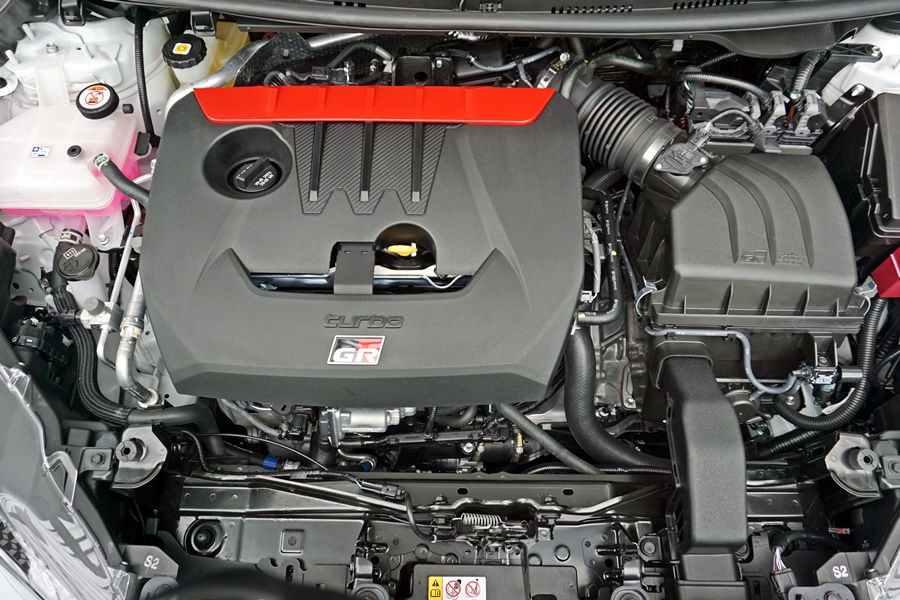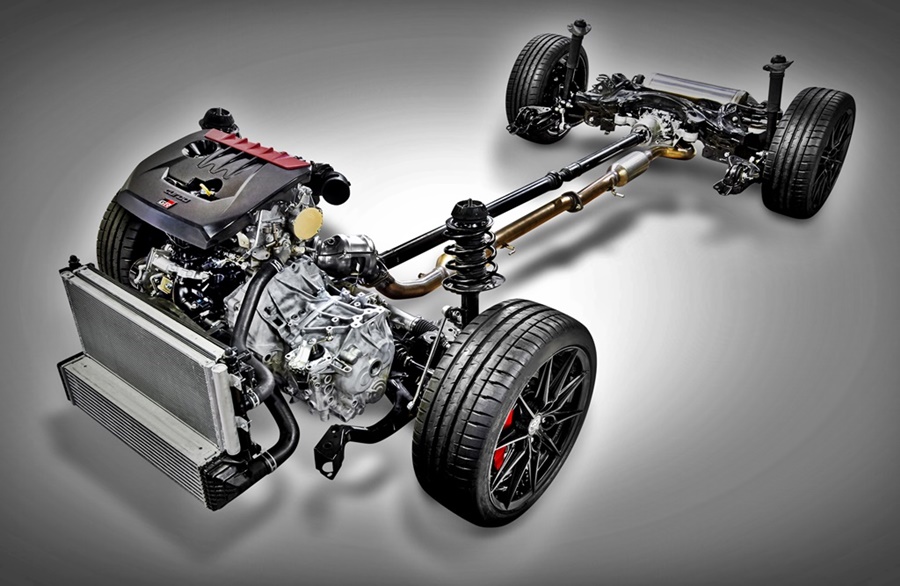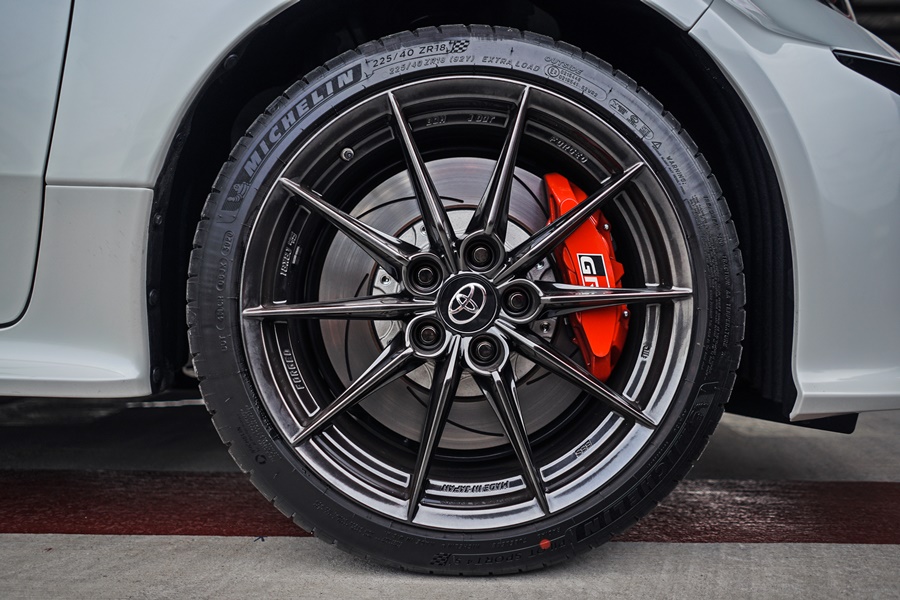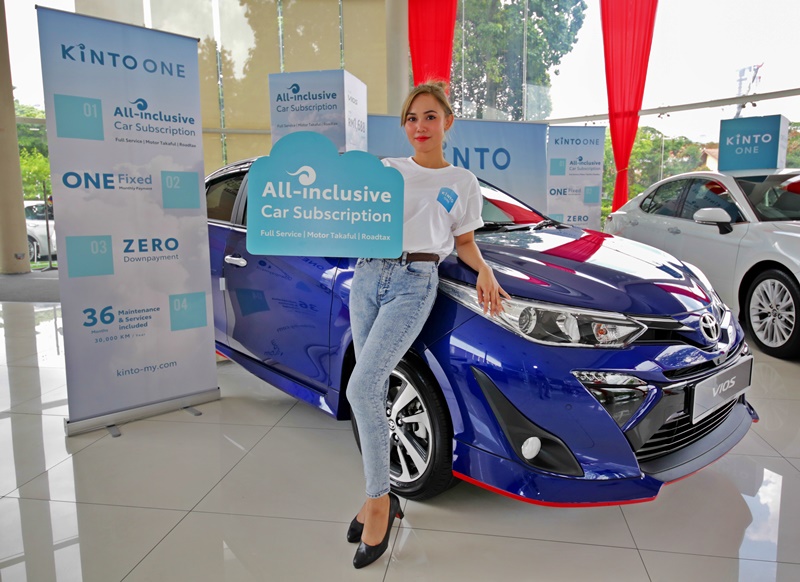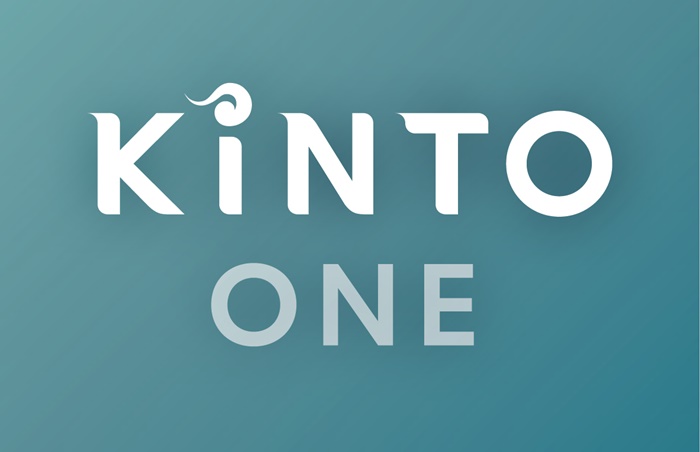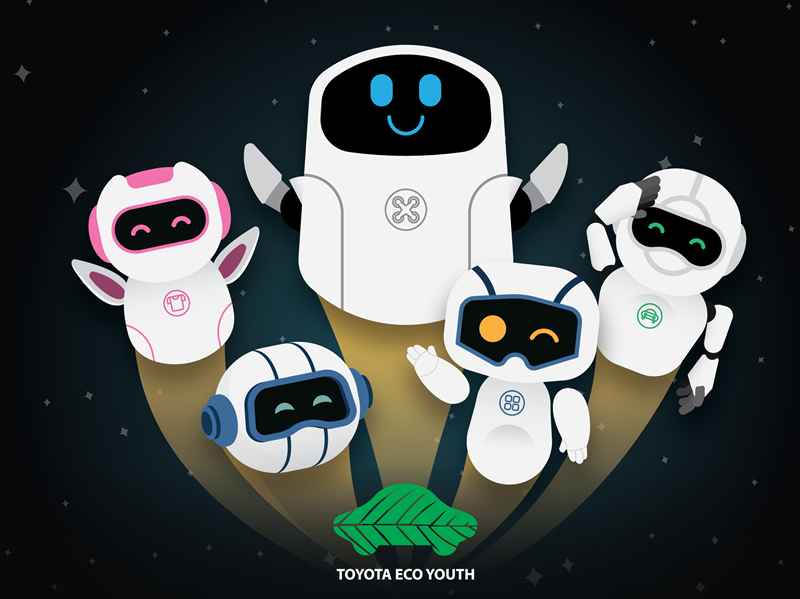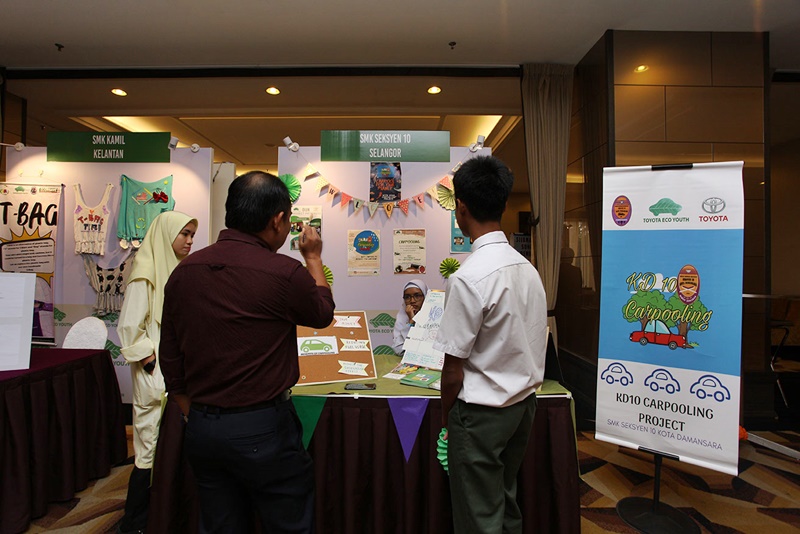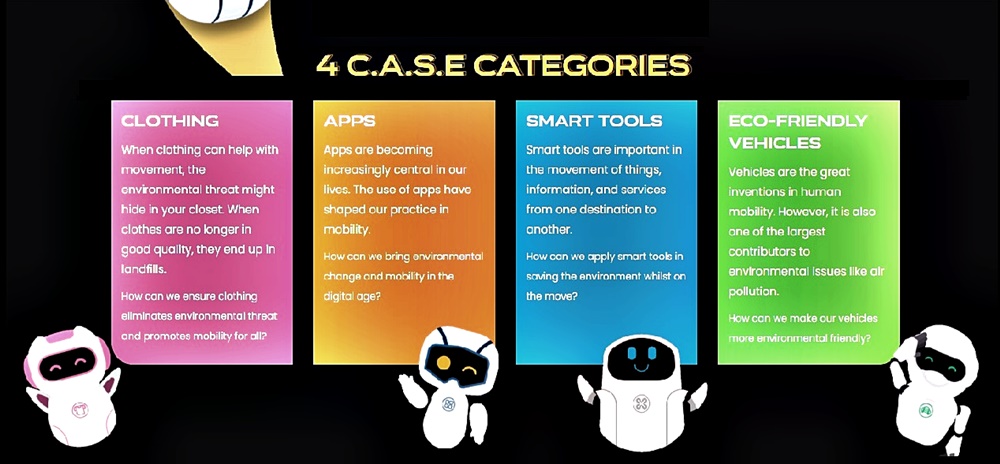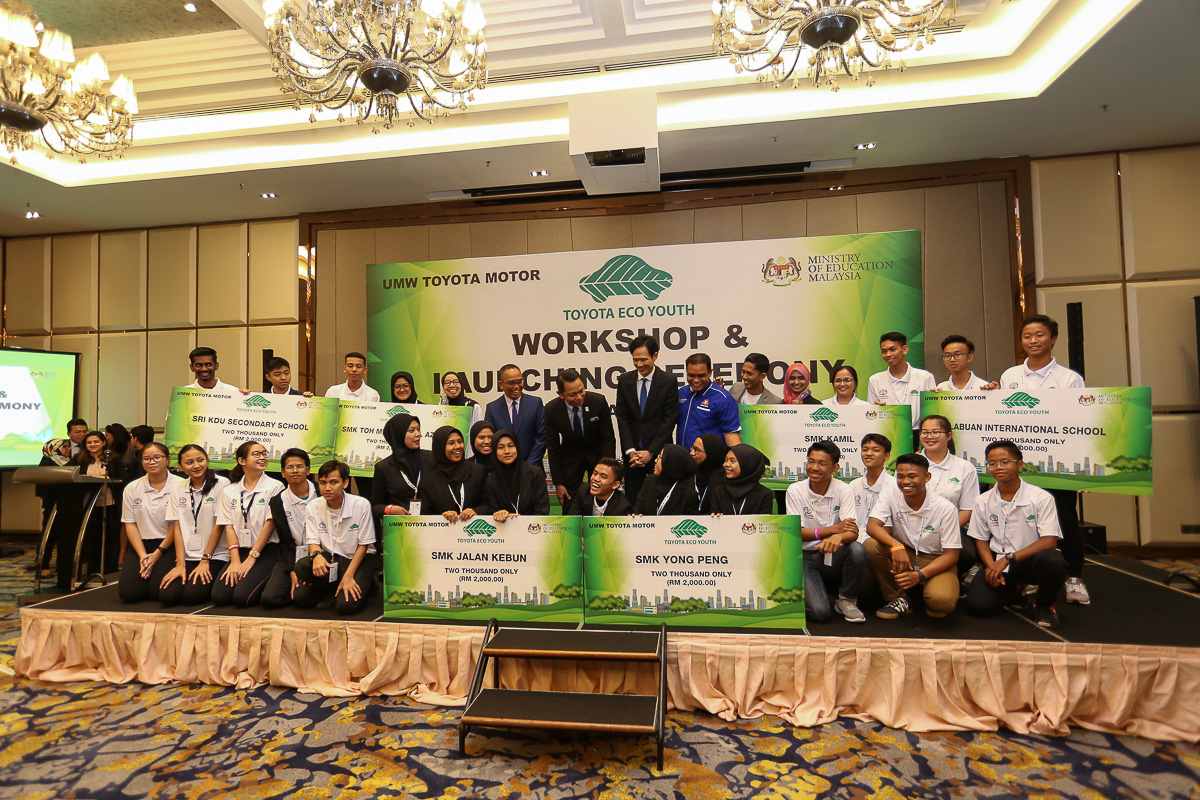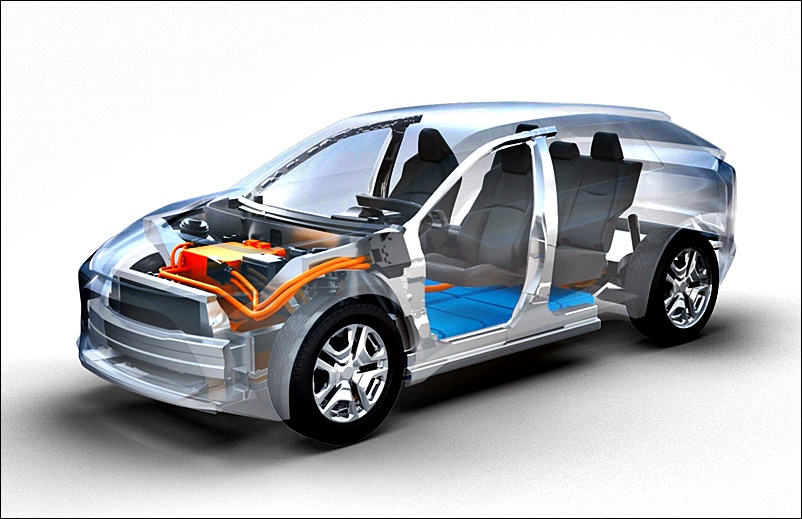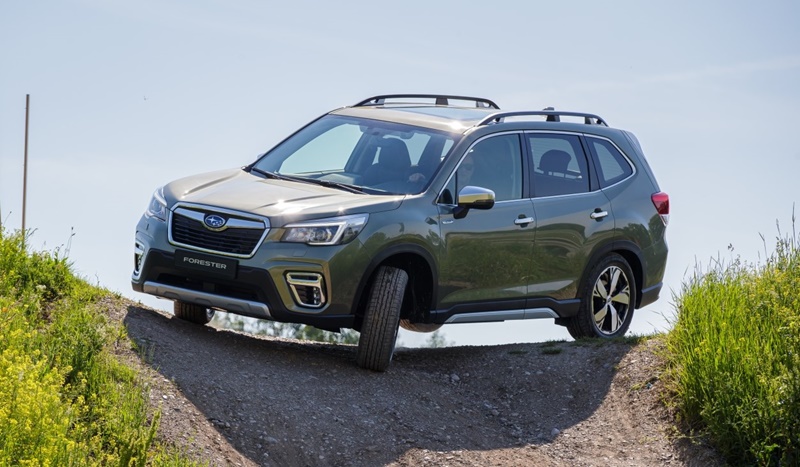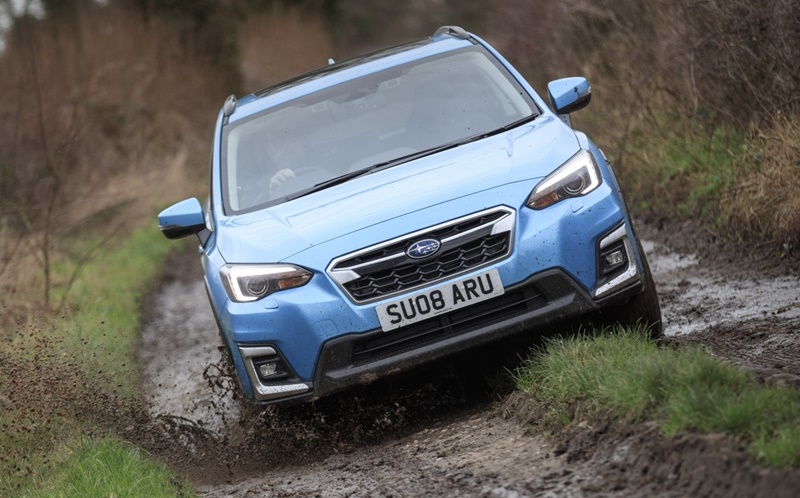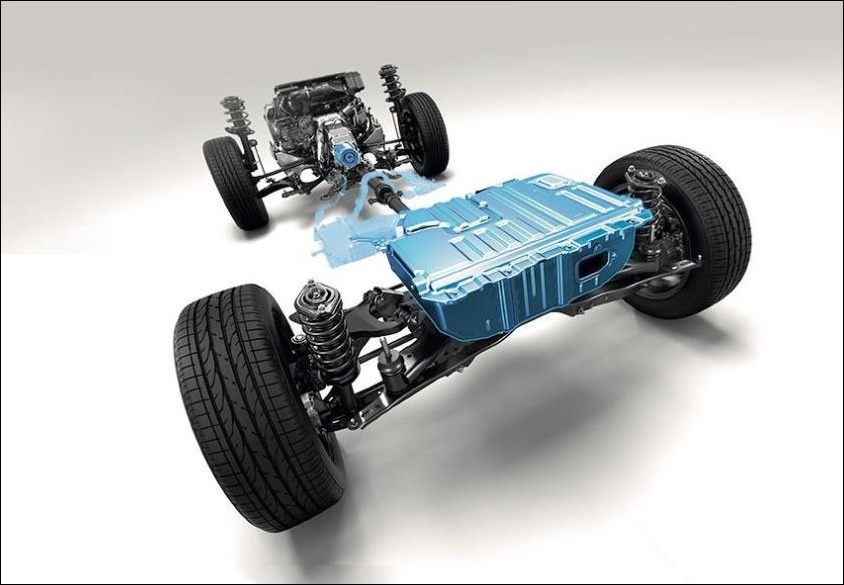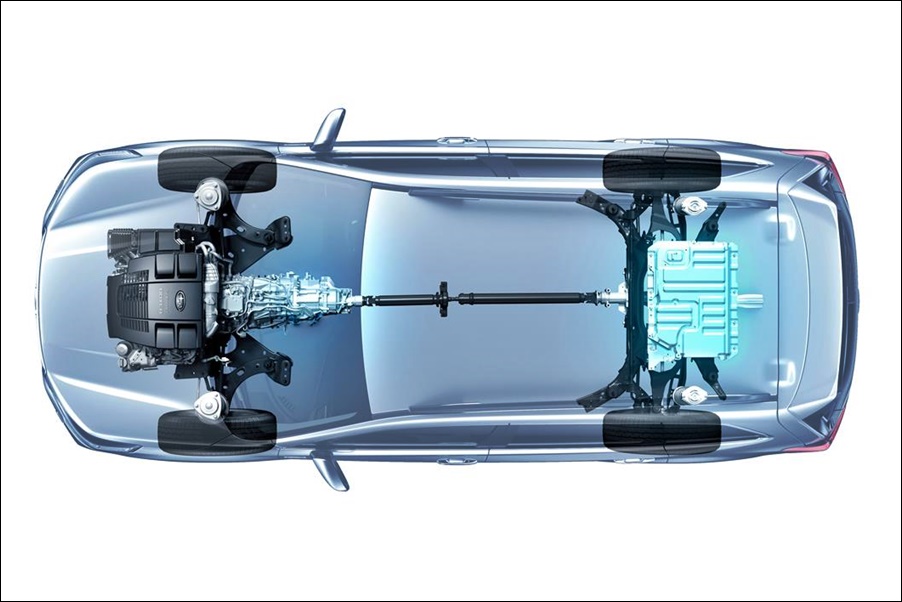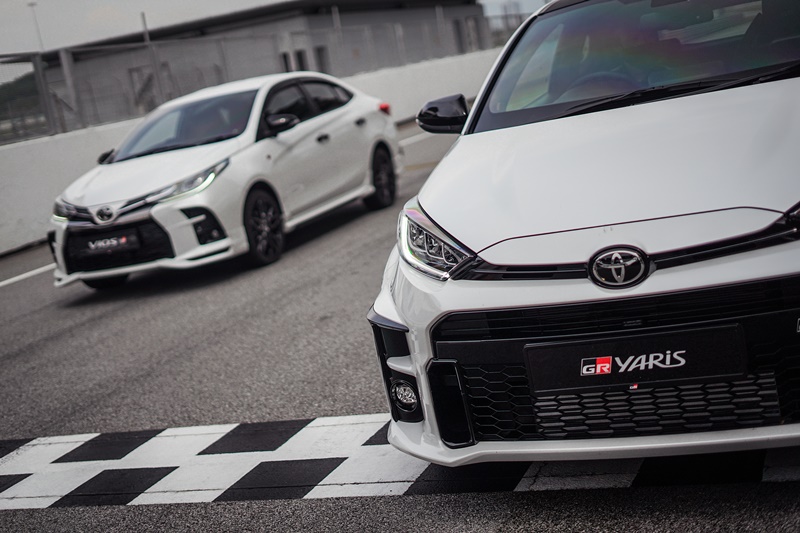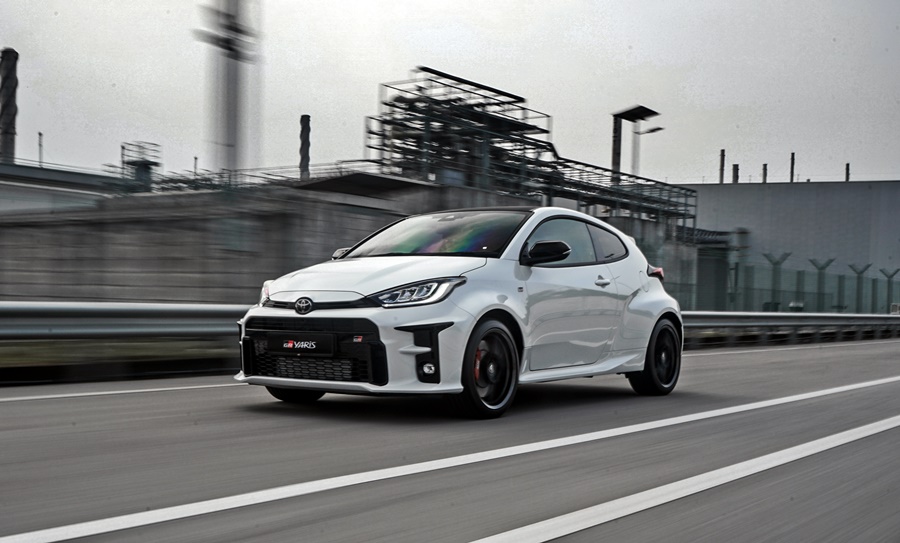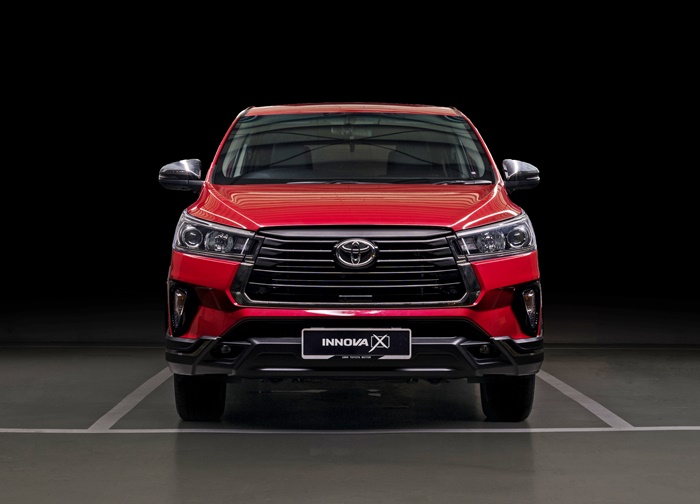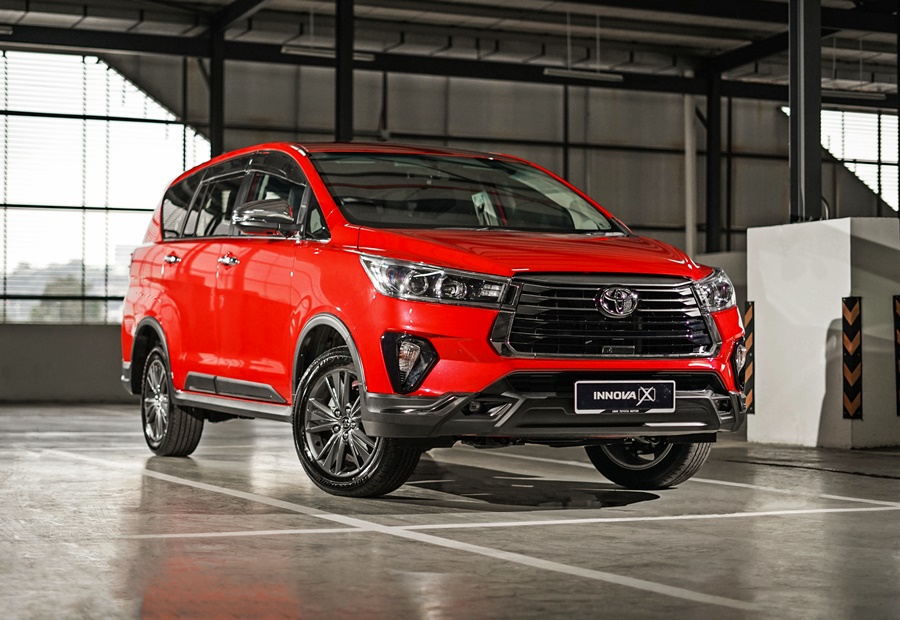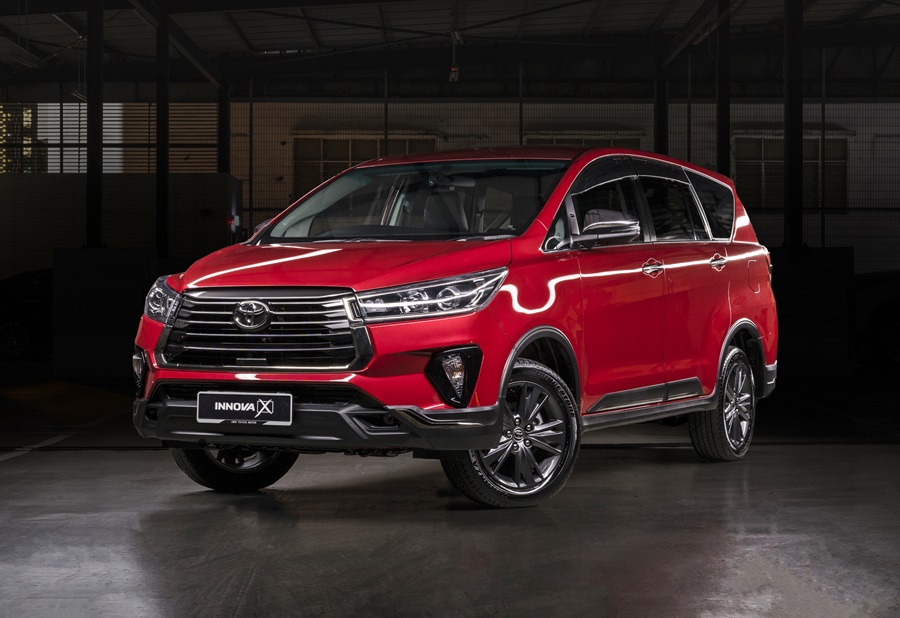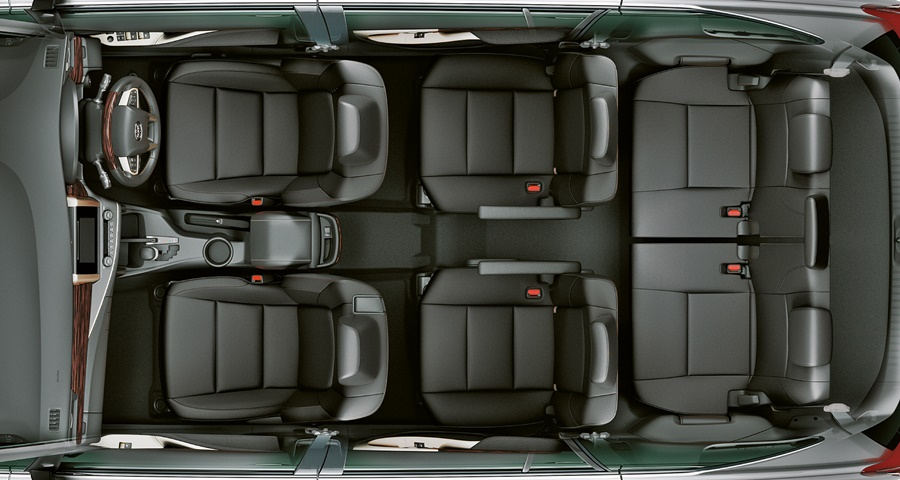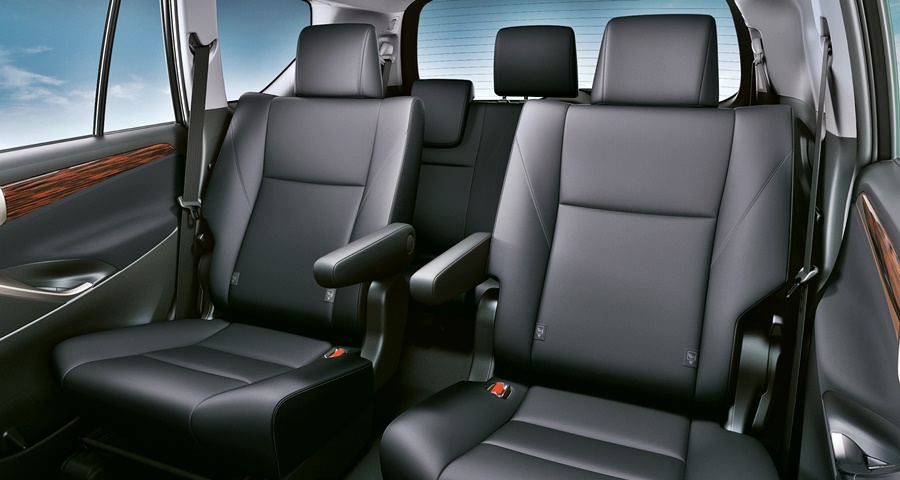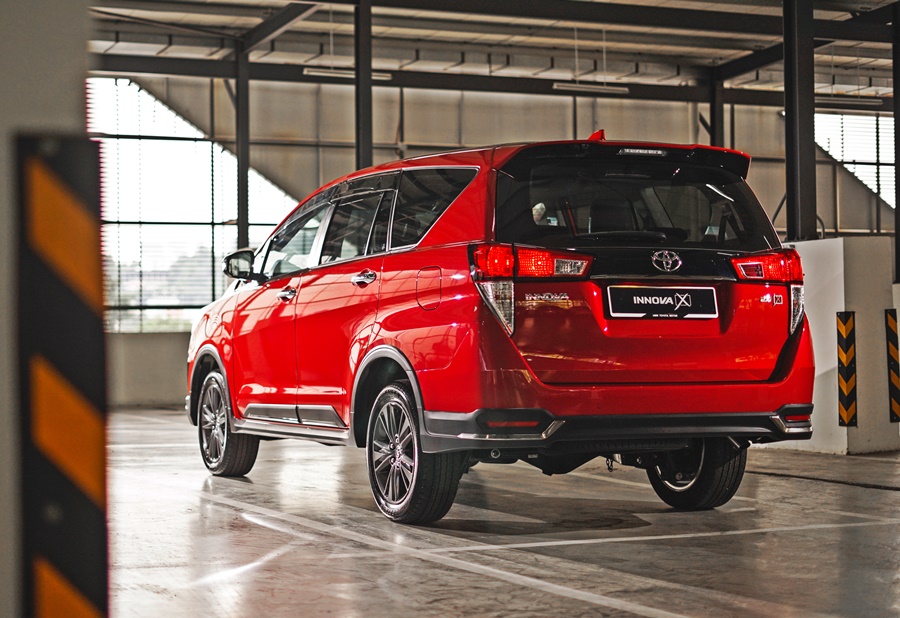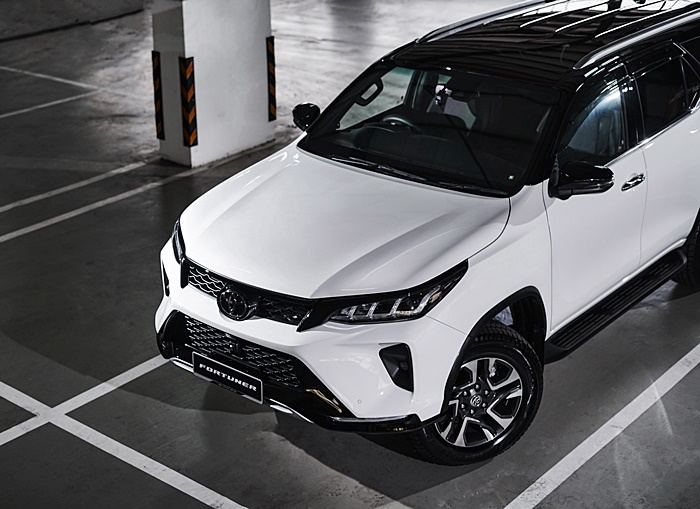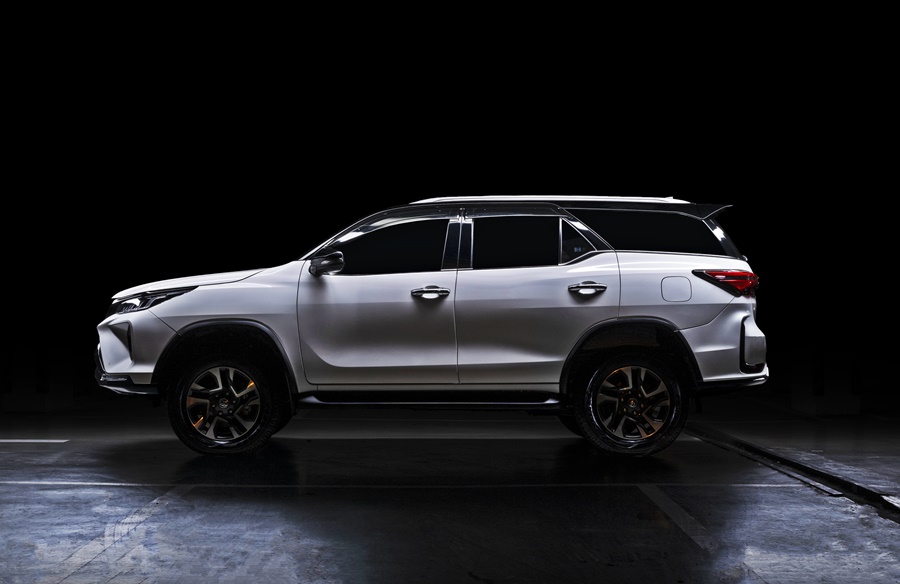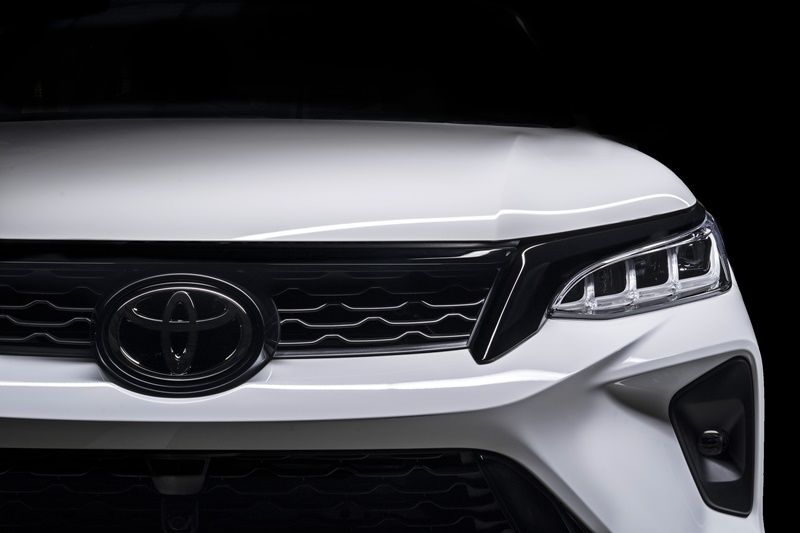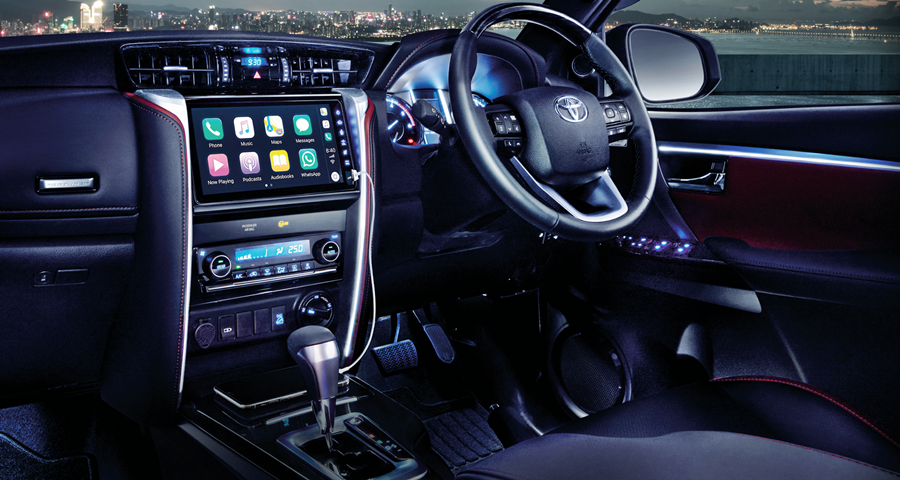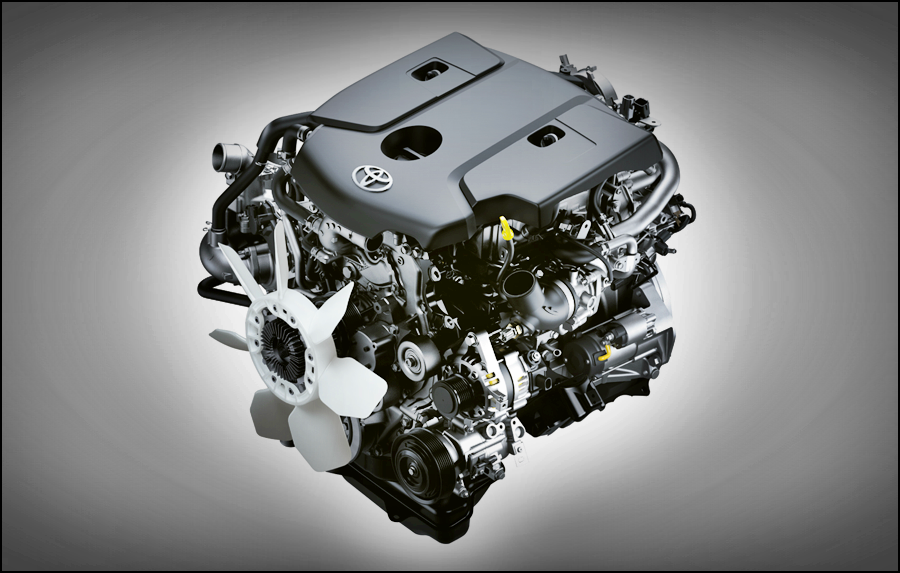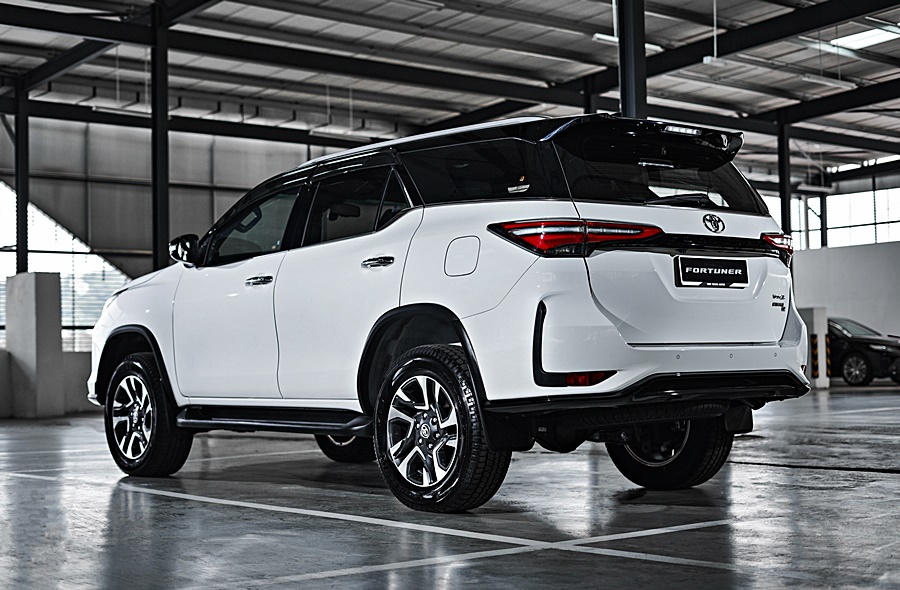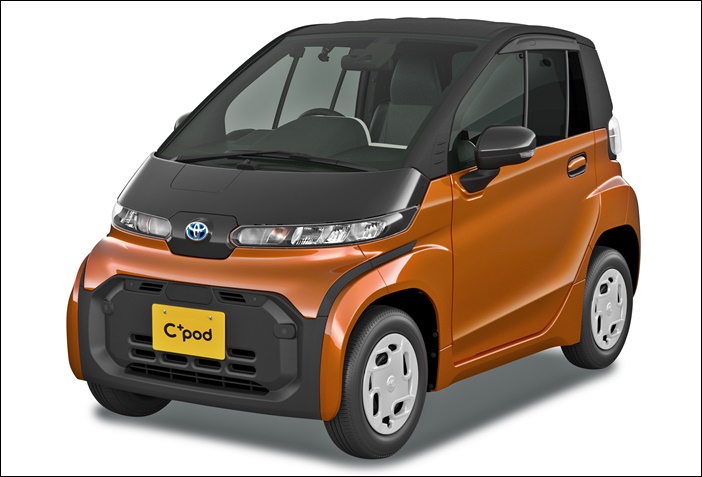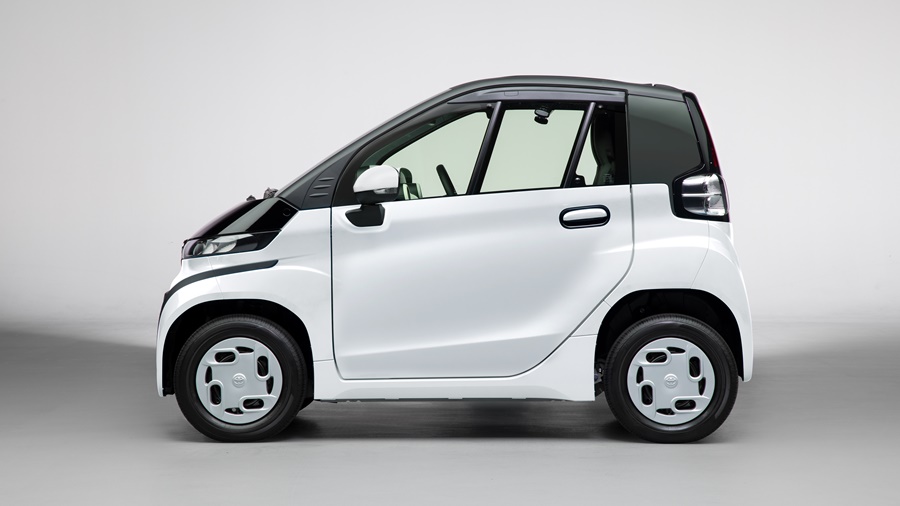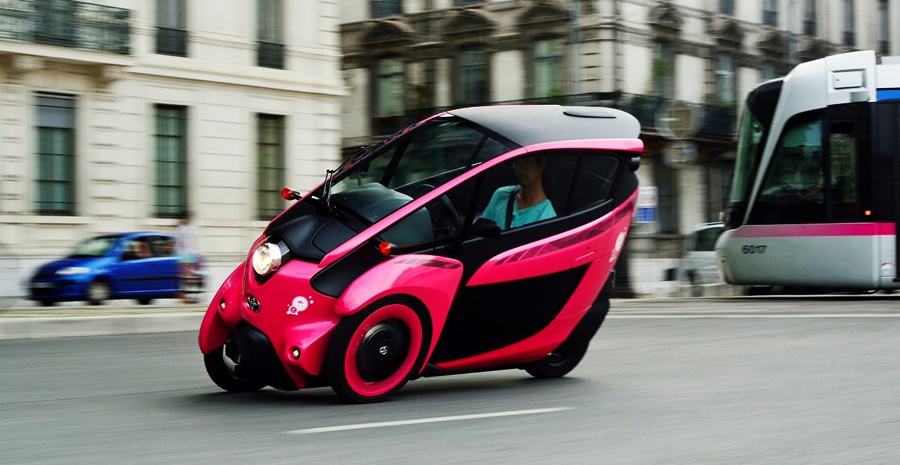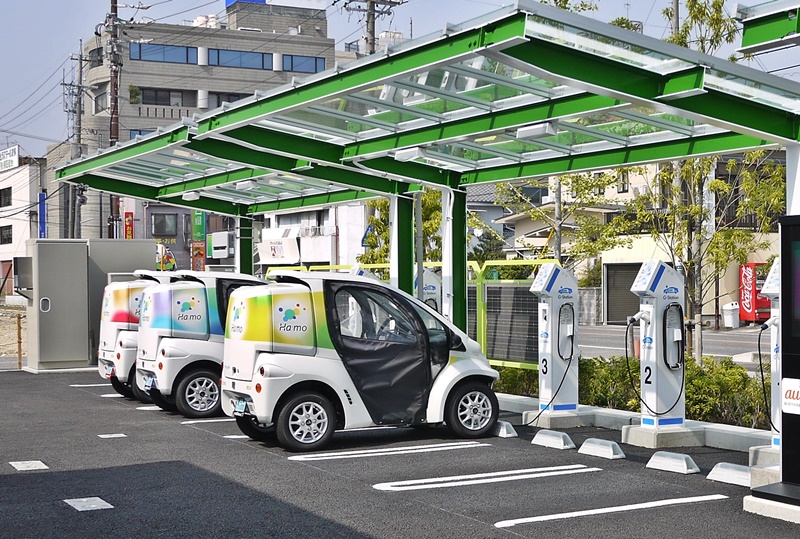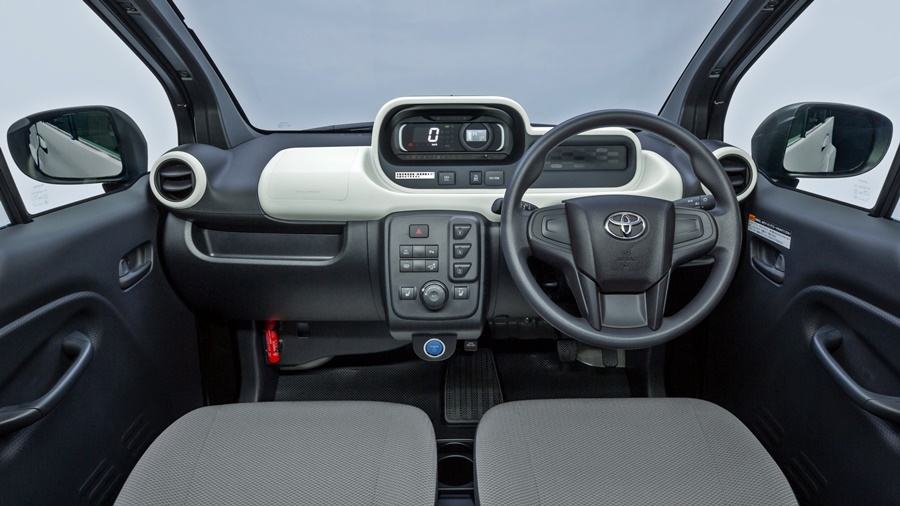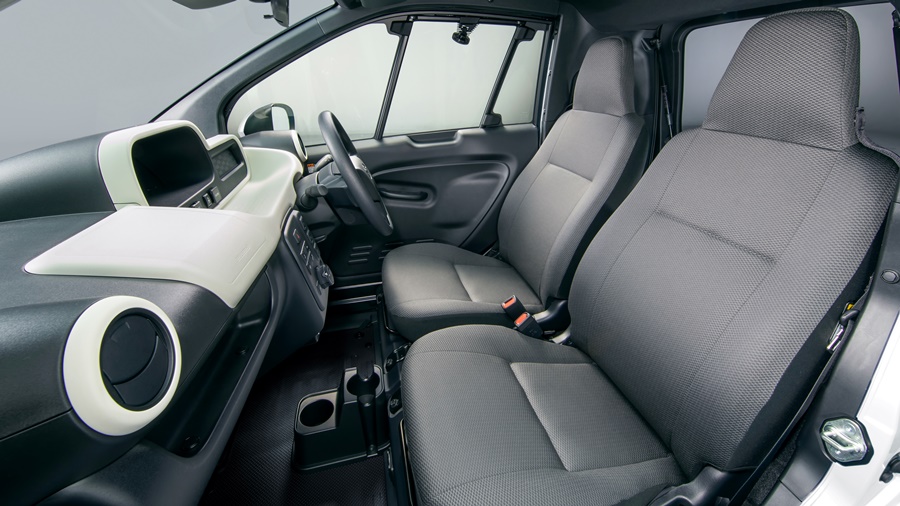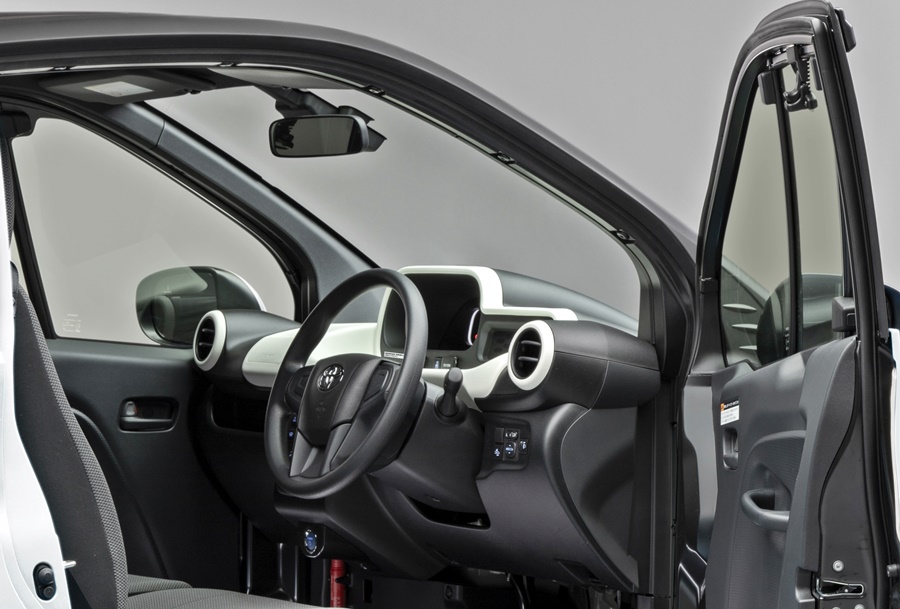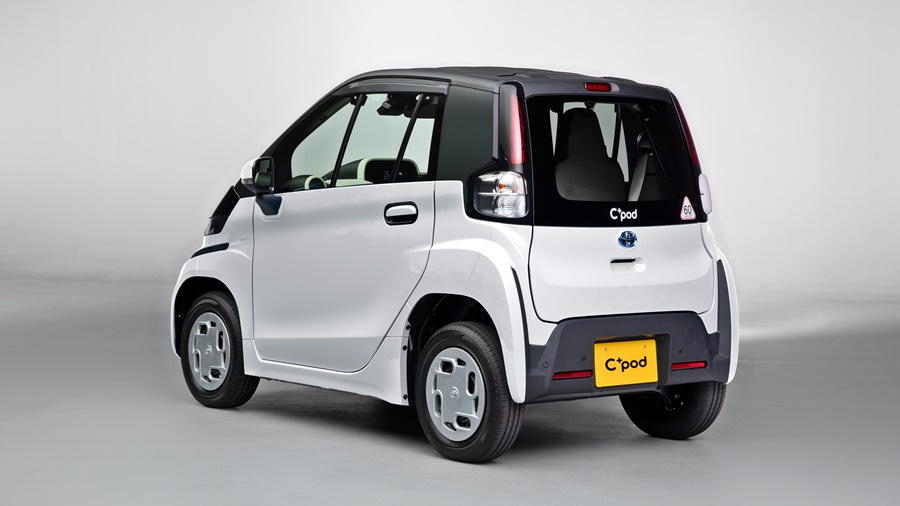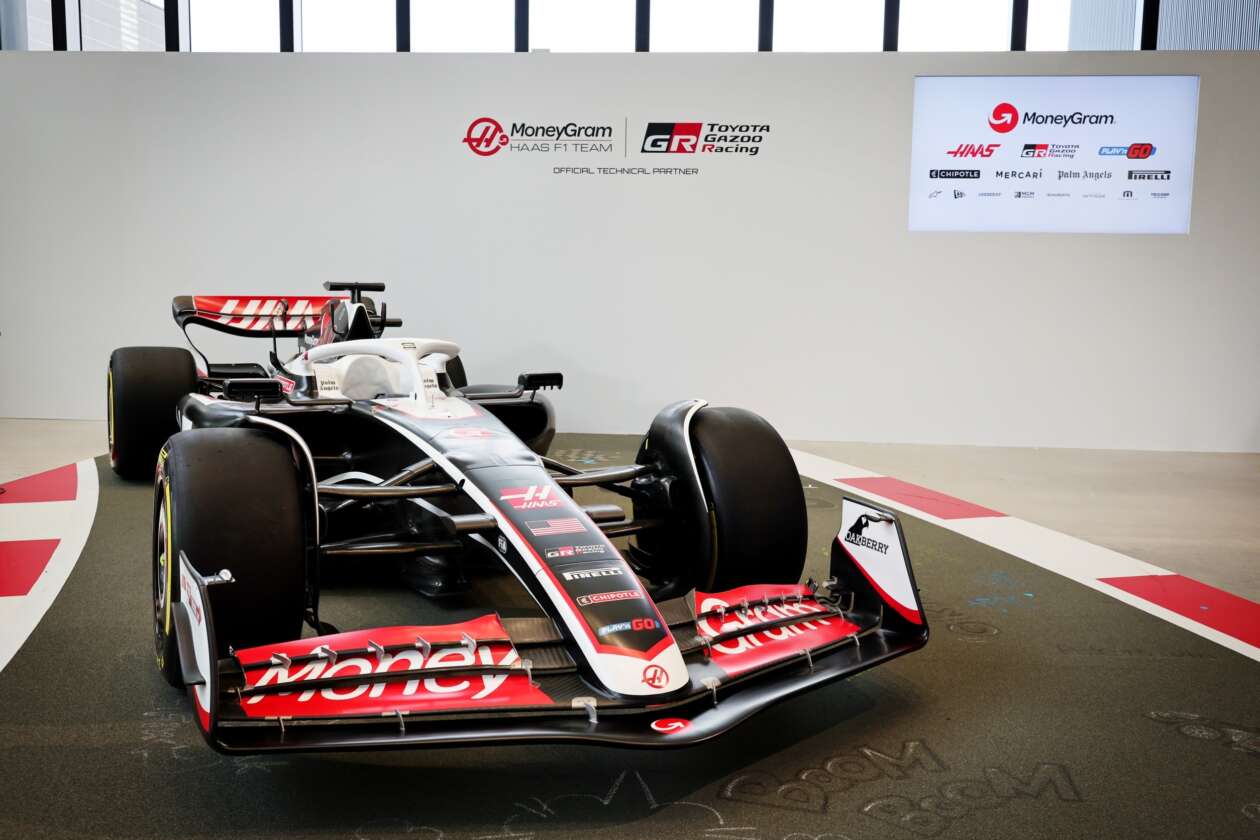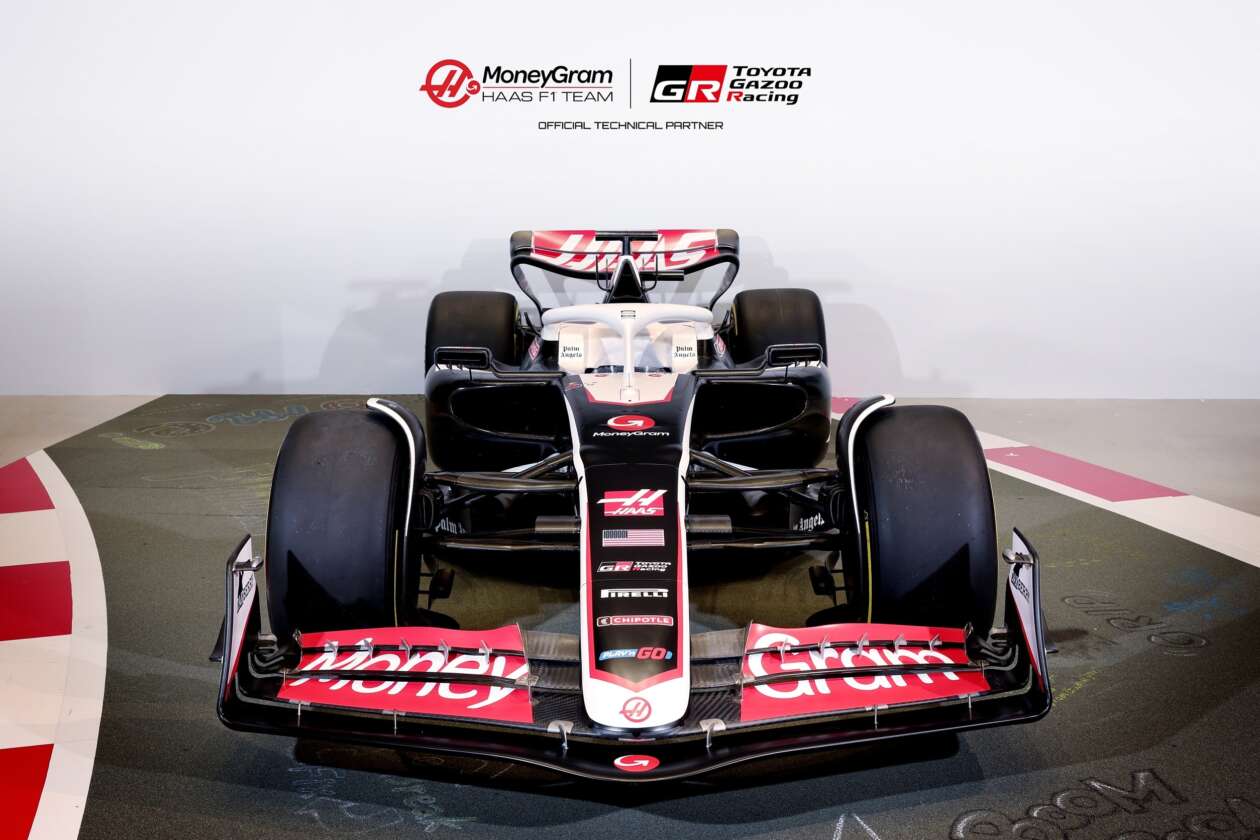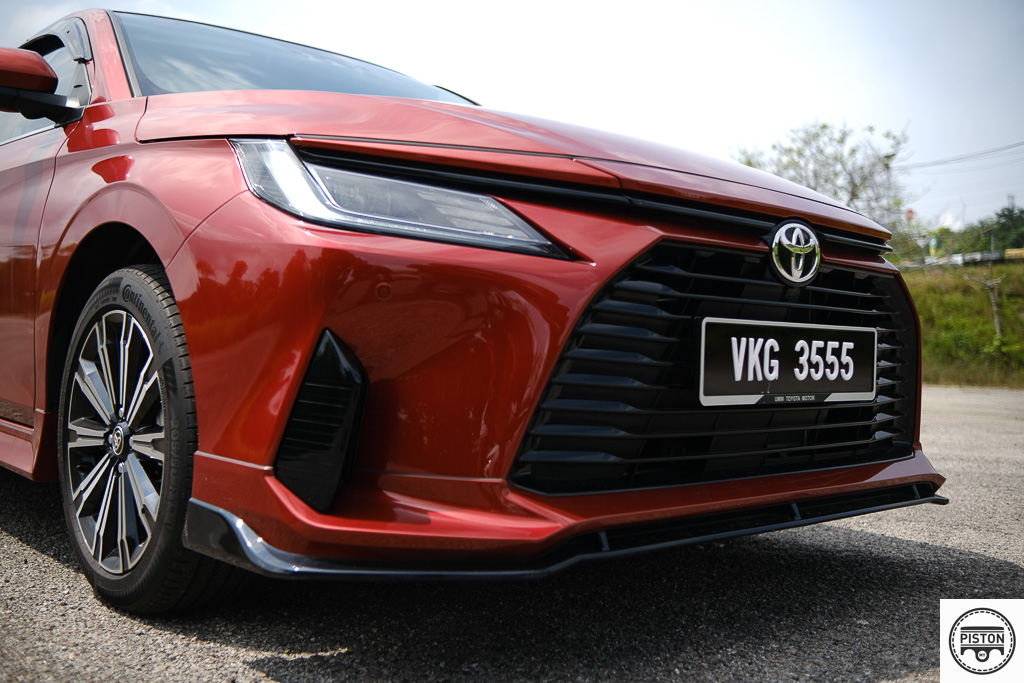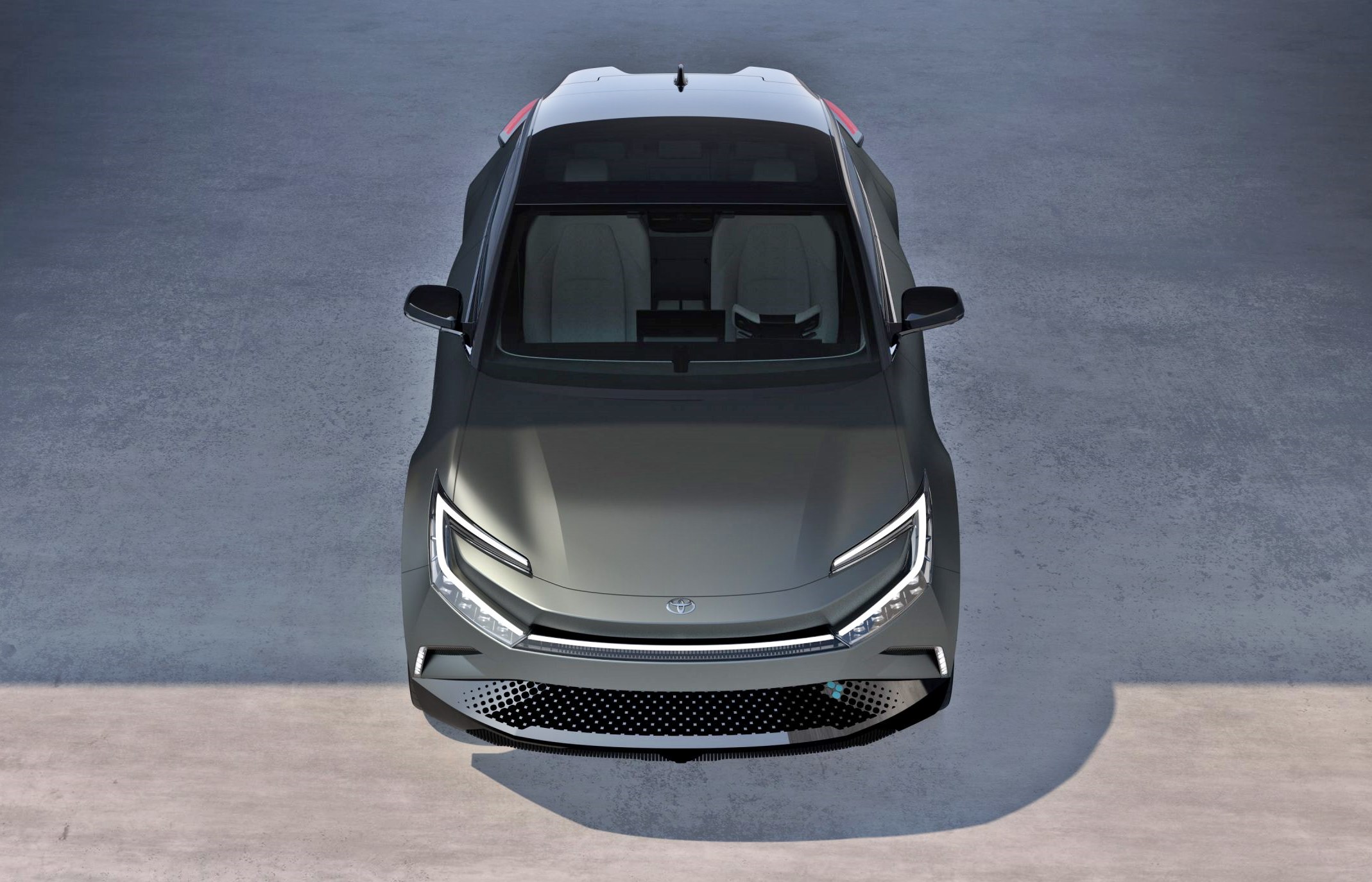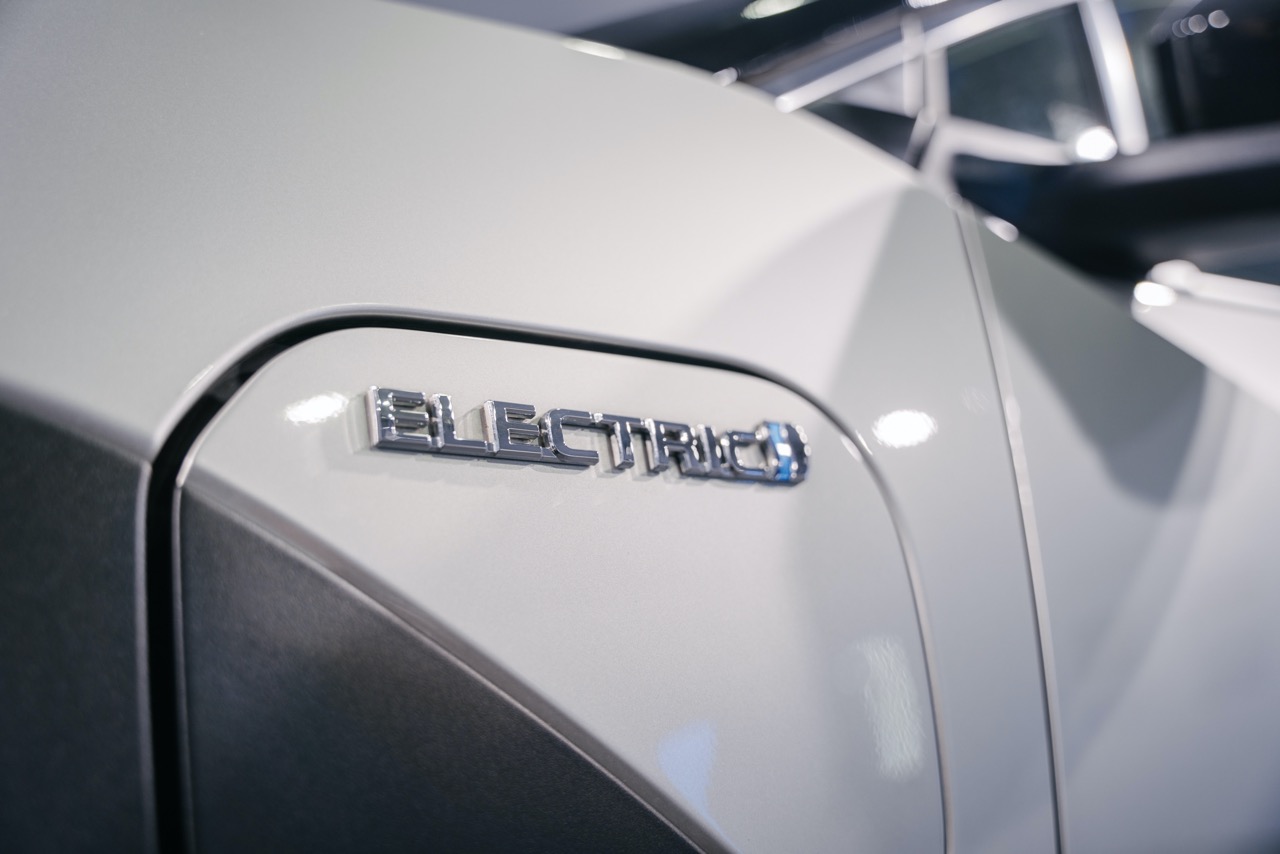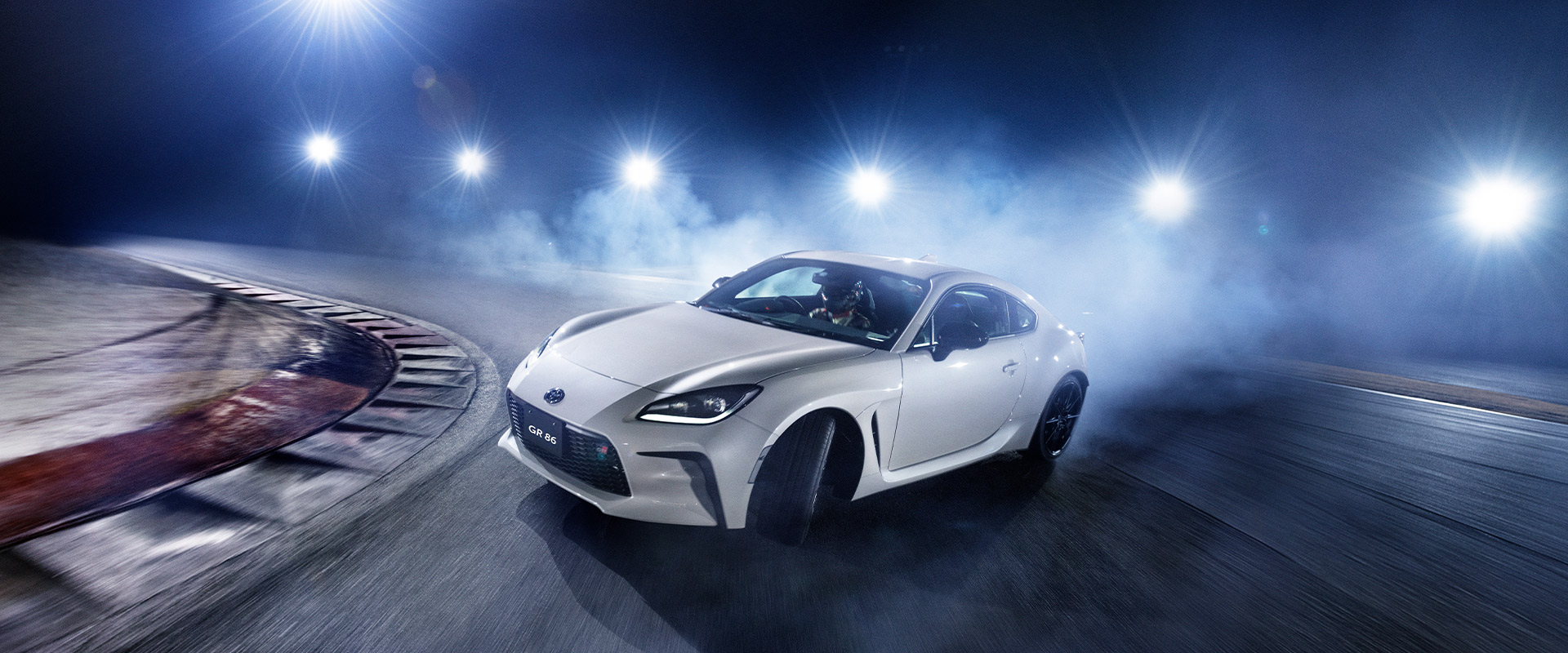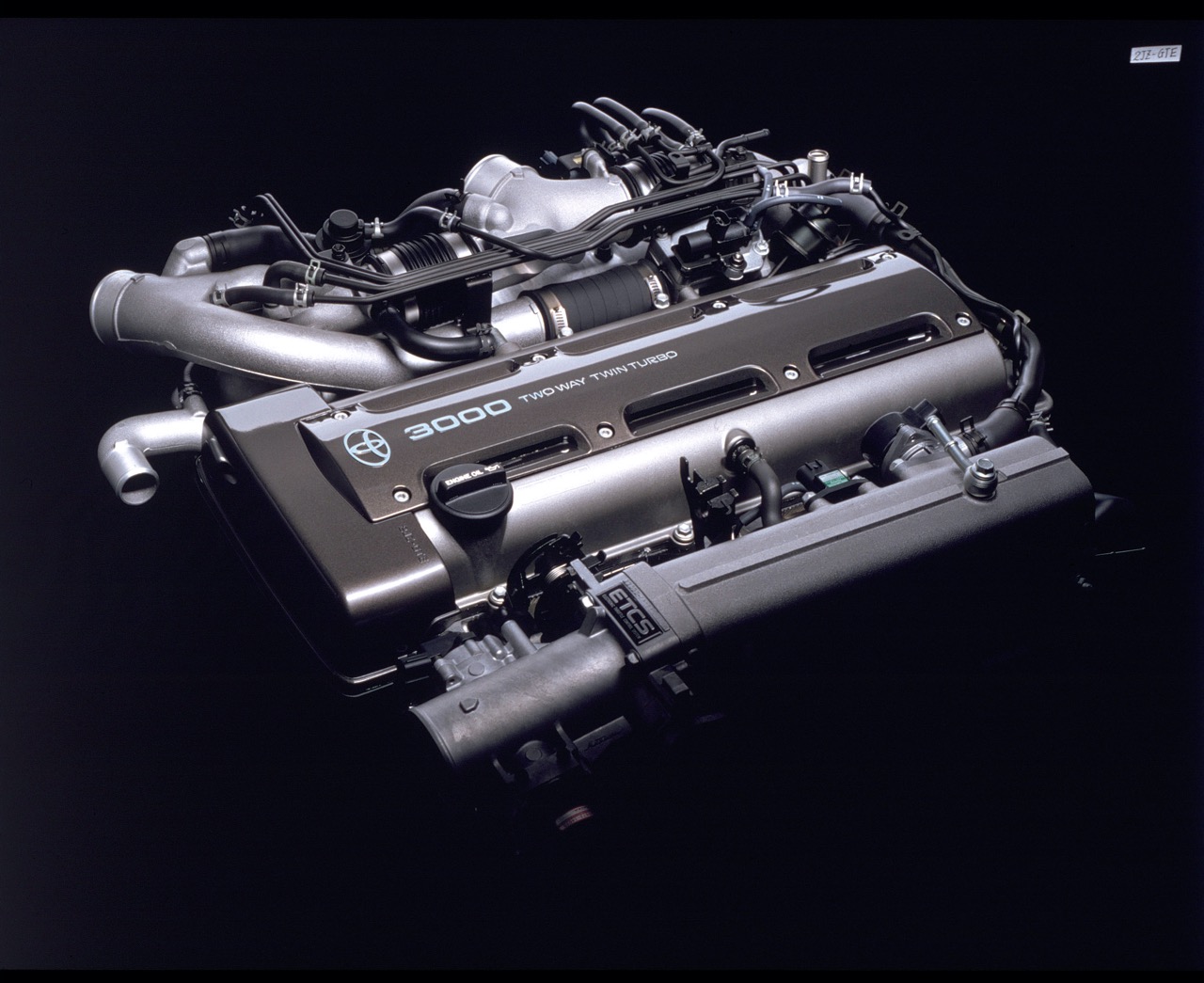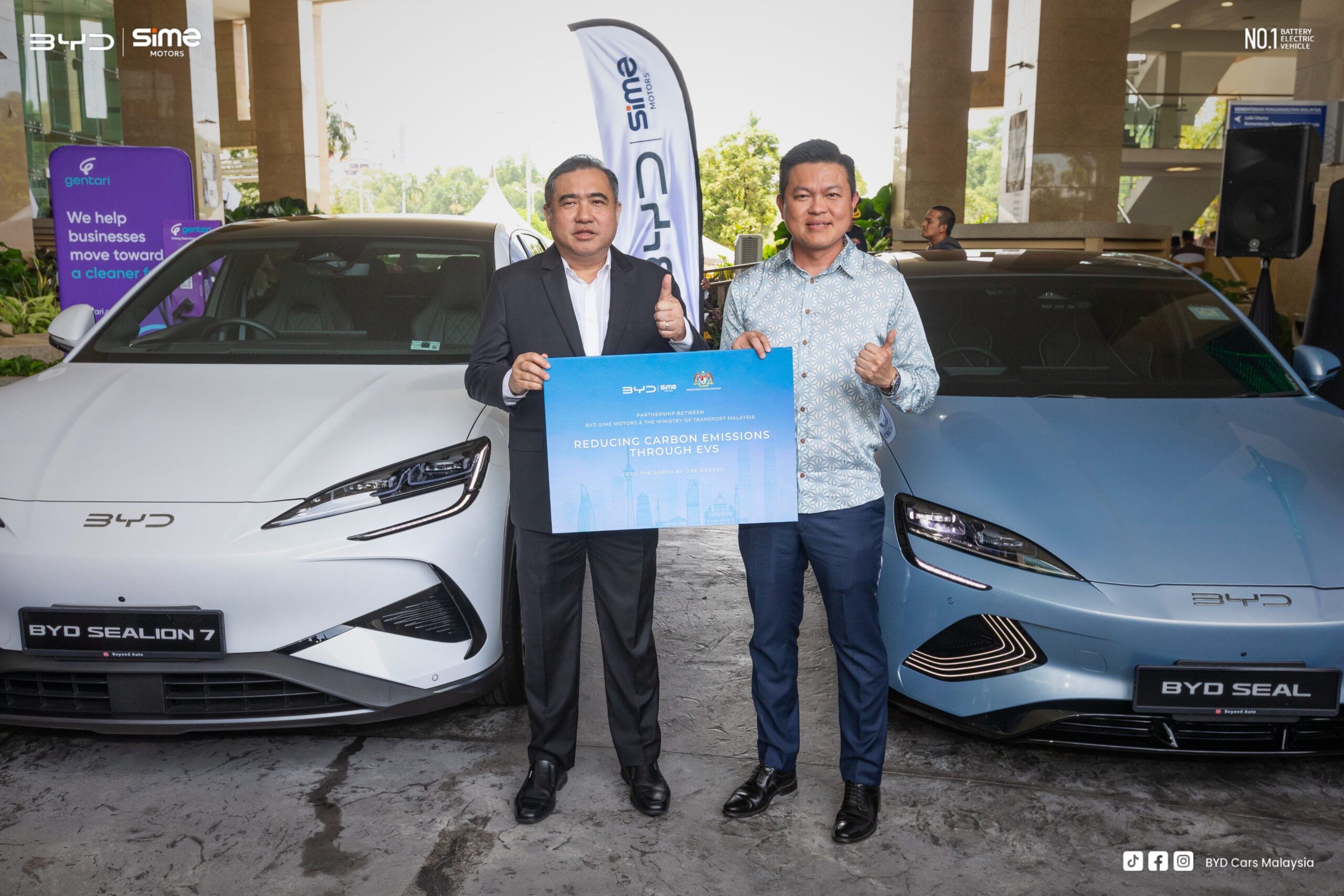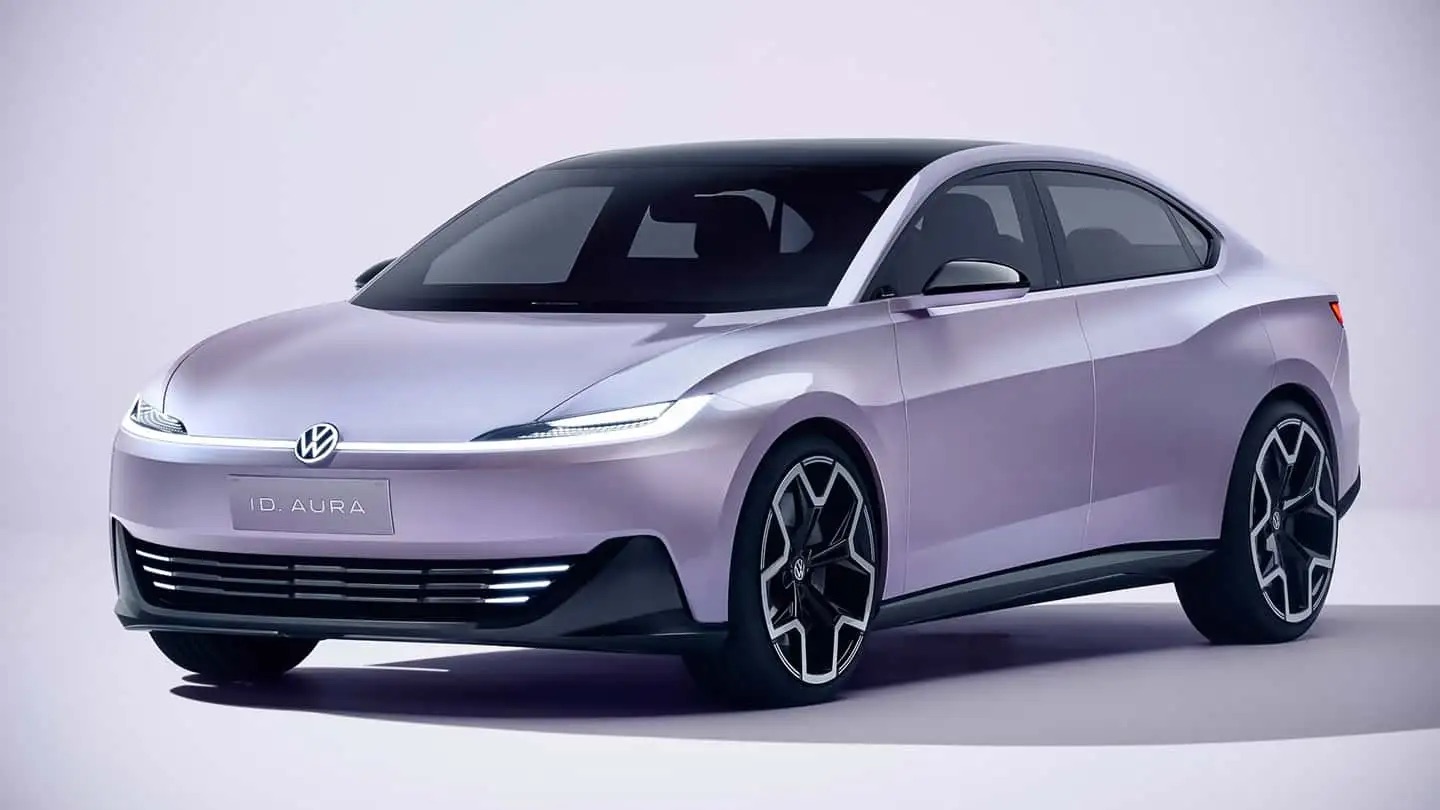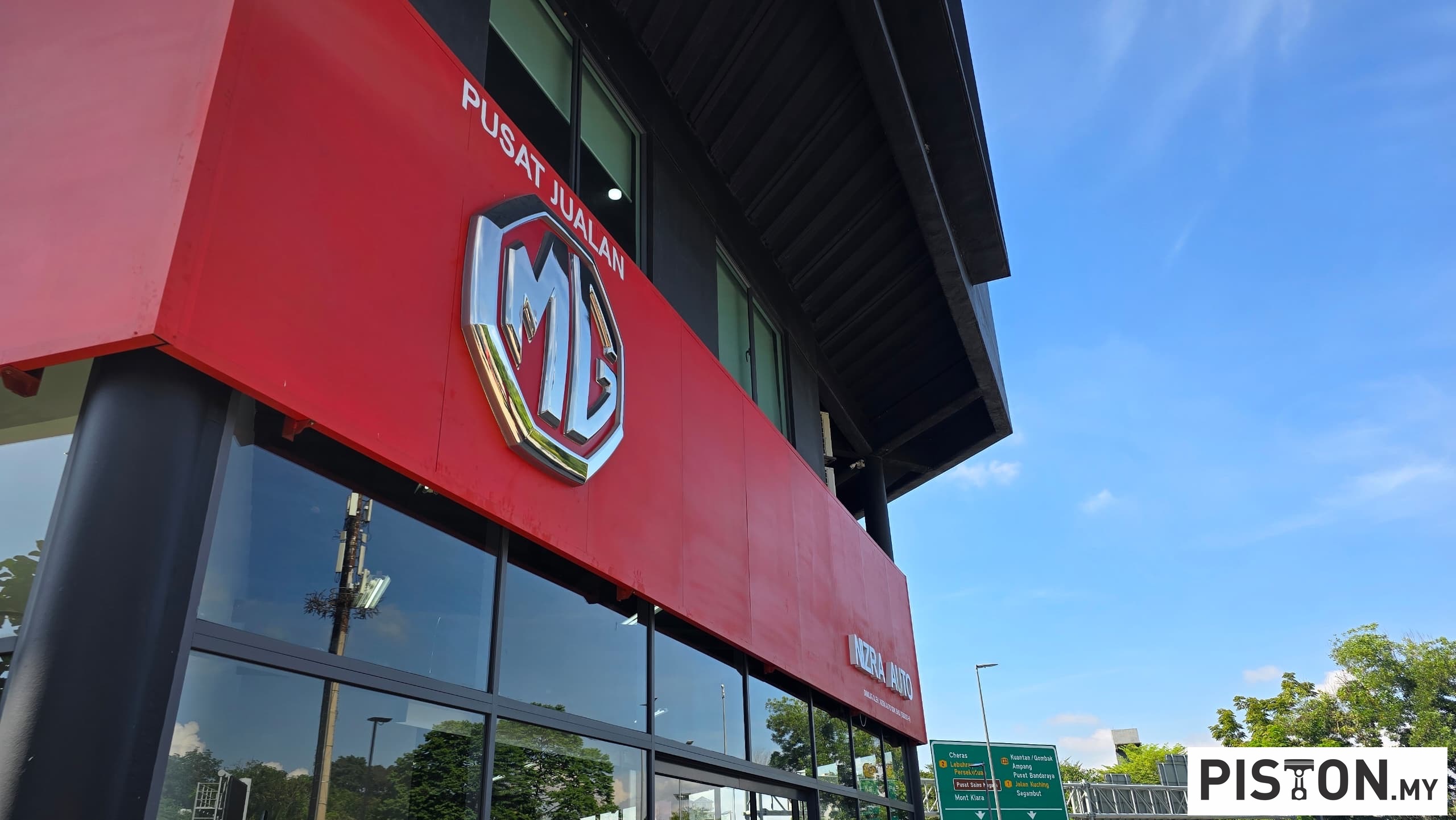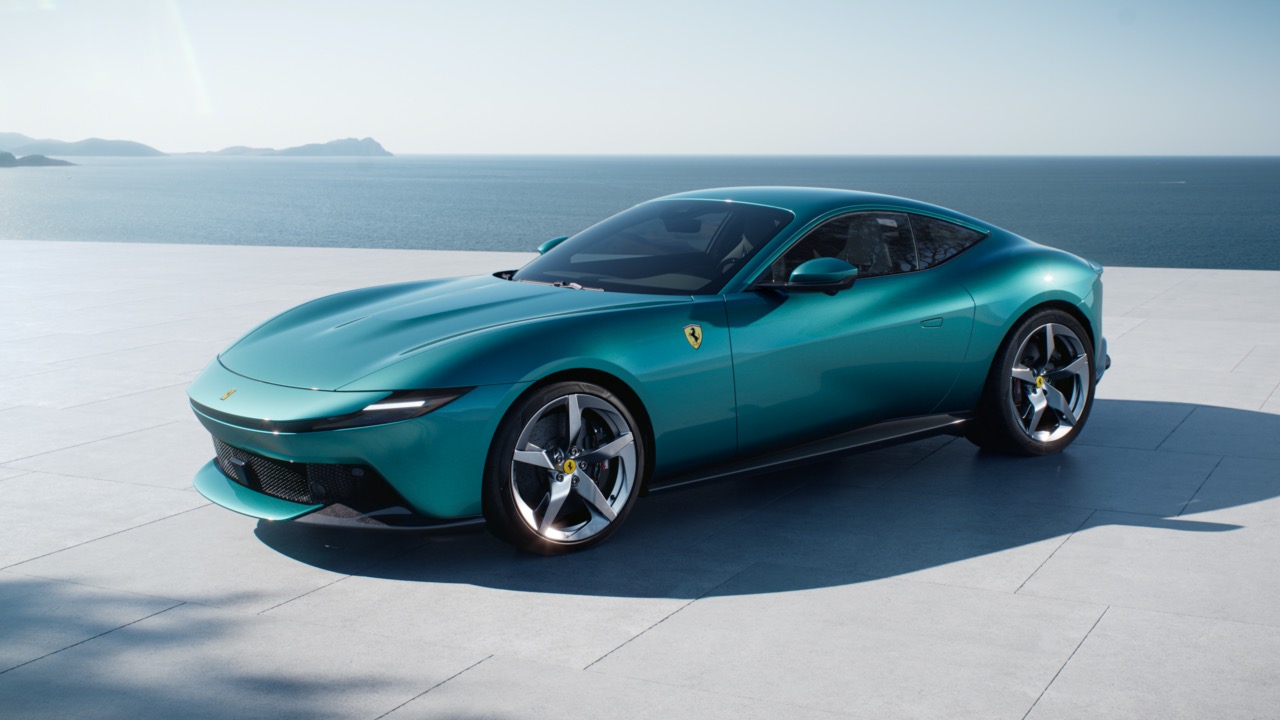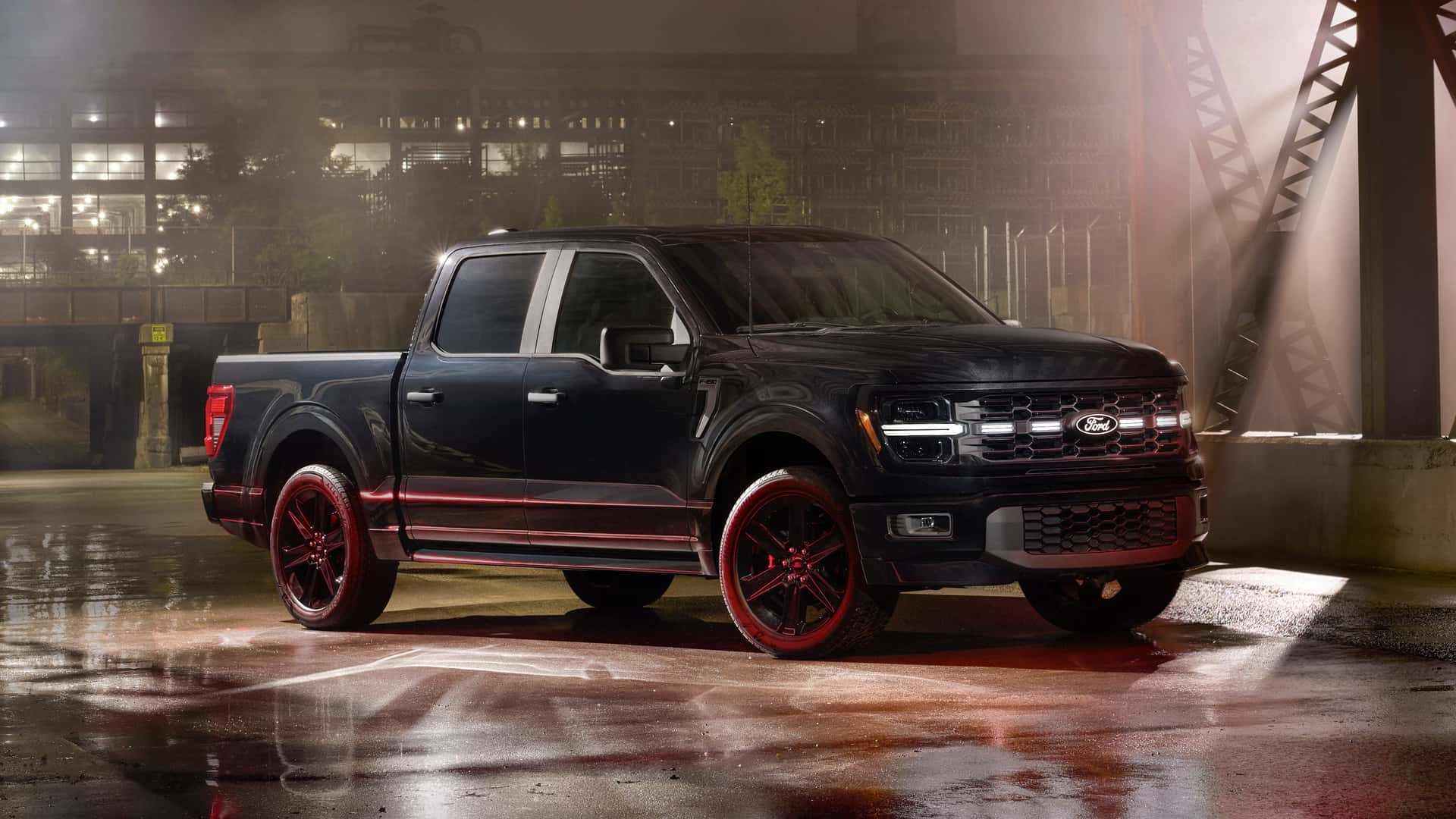The TOYOTA GAZOO Racing team got off to a great start for the 2021 motorsport season with victory in the Rallye Monte-Carlo. Besides a 1-2 finish, Sebastien Ogier and his co-driver Julien Ingrassia also won the legendary event for a record eighth time. The victory was also the 50th for Ogier and Ingrassia in the FIA World Rally Championship, becoming only the second competitors recording such an achievement.
This is the first time that the team has won the WRC’s most prestigious event with its Toyota Yaris WRC, having made the podium every year since its debut in 2017. It is only the fourth Rallye Monte-Carlo win in Toyota’s history, the first time being in 1991.
The event lived up to its reputation as the most demanding event on the WRC calendar with special challenges for this year’s edition. To start with, the route was different and a modified schedule to follow coronavirus restrictions in France meant that some stages took place in the darkness before dawn.
Then WRC teams also had to get to grips with tyres from the new sole supplier, Pirelli. This year, conditions were very wet with snow and ice, making tyre choice even more critical to the outcome.
The Toyota team led the rally from the third stage early on Friday morning, with each of its three entries all taking turns in the lead over the course of the rally’s longest day. On his home event, Ogier claimed the lead back with a storming stage win on Saturday’s first test. He took a 13-second advantage over Evans into the final day, when he won three of the four stages – including the rally-ending Power Stage – to begin the defence of his title in the perfect way.
With second place Evans also makes a strong start to his championship campaign, while Rovanpera begins his second season having fought for the podium on such a demanding event. Tyre damage on Sunday’s first stage contributed to Rovanpera missing out on the top three, but he did finish with the second fastest time in the Power Stage.
With Evans third quickest, the team locked out the top three positions on the Power Stage, which from this season also gives bonus points towards the manufacturers’ championship. This, combined with the 1-2 finish in the rally, means the team takes maximum points from the opening round.
TOYOTA GAZOO Racing WRC Challenge Program driver Takamoto Katsuta also made it four Yaris WRC drivers in the top six as he completed Rallye Monte-Carlo for the second year in a row and scored his best WRC result so far in sixth place.
Arctic Rally Finland (February 26-28) is a new addition to the WRC calendar for 2021, taking the place of the cancelled Rally Sweden as the year’s only pure winter event. The rally will be based in Rovaniemi – capital of Finland’s northernmost region (and also the ‘home’ of Santa Claus) – with stages to take place inside the Arctic Circle on roads with a good covering of snow and ice.
Toyota GAZOO Racing reveals GR010 HYBRID Le Mans Hypercar for 2021 WEC



